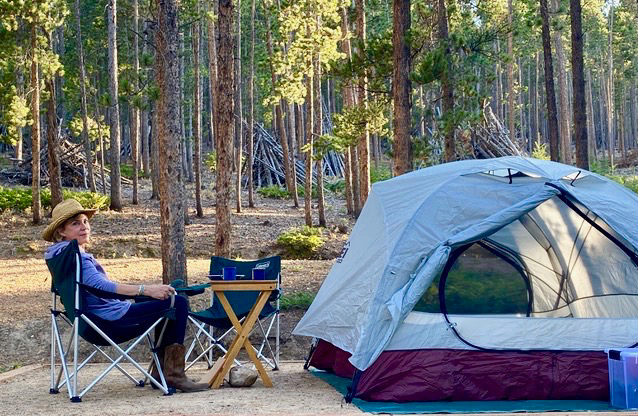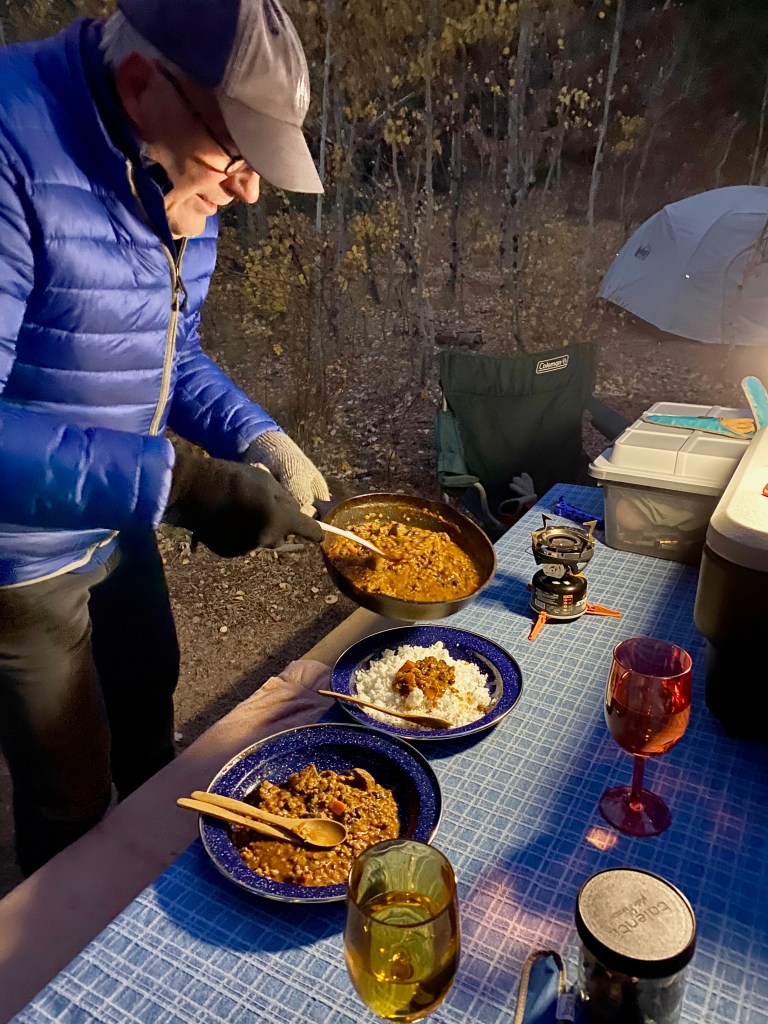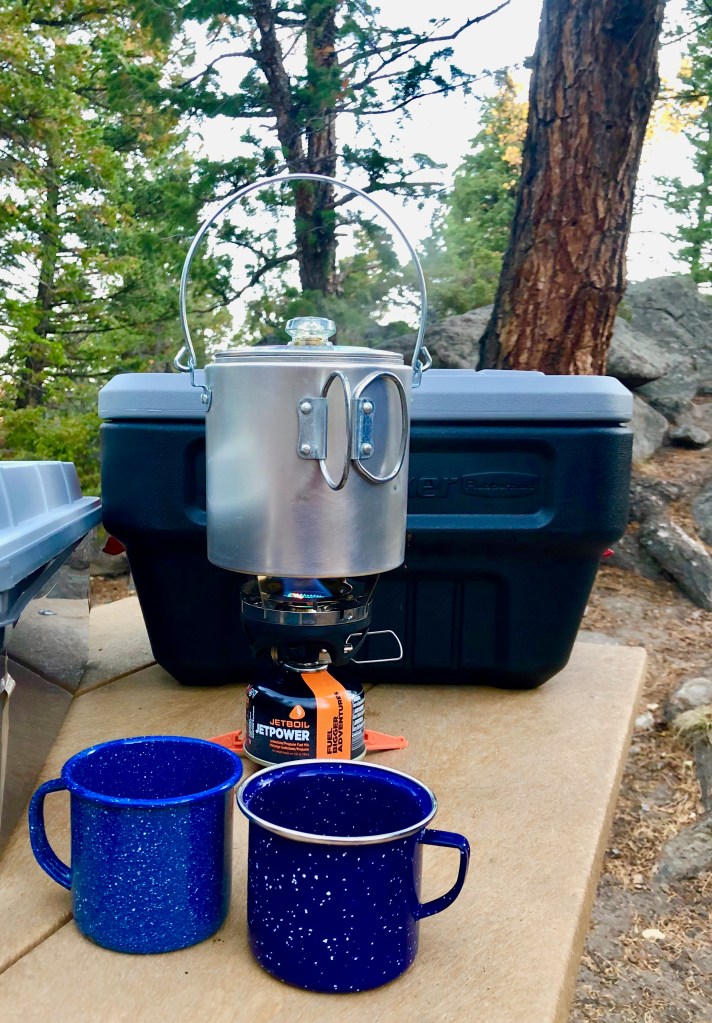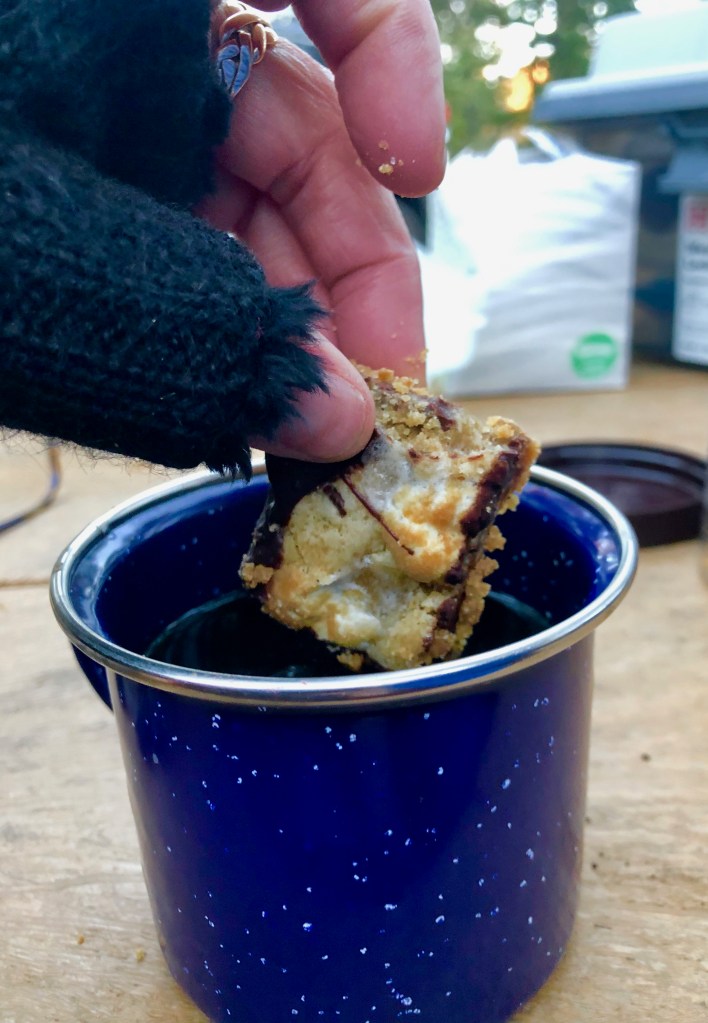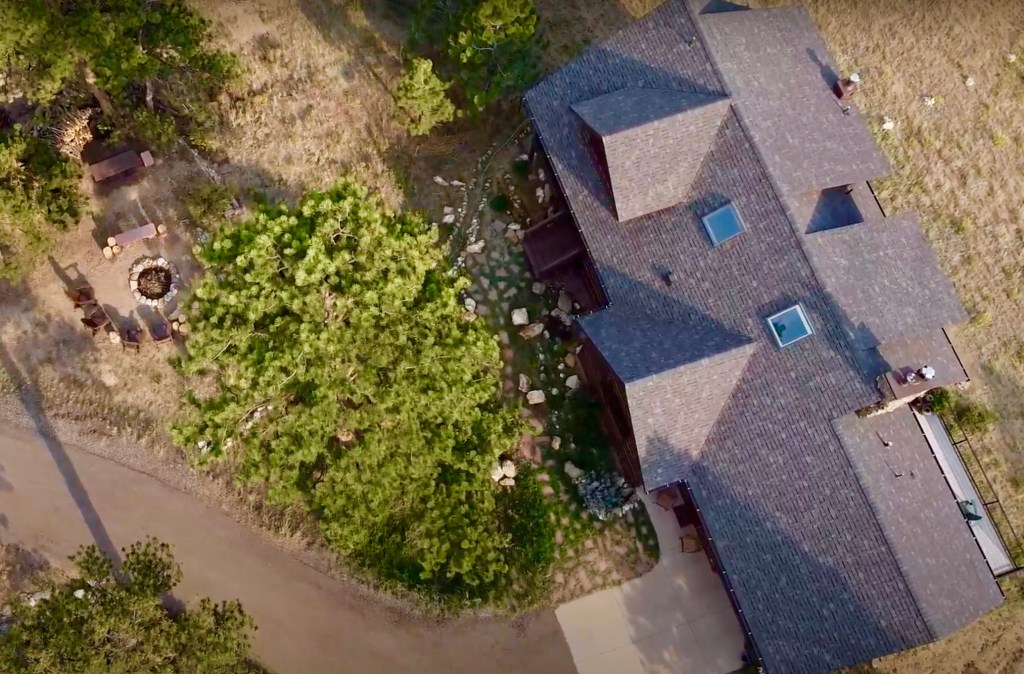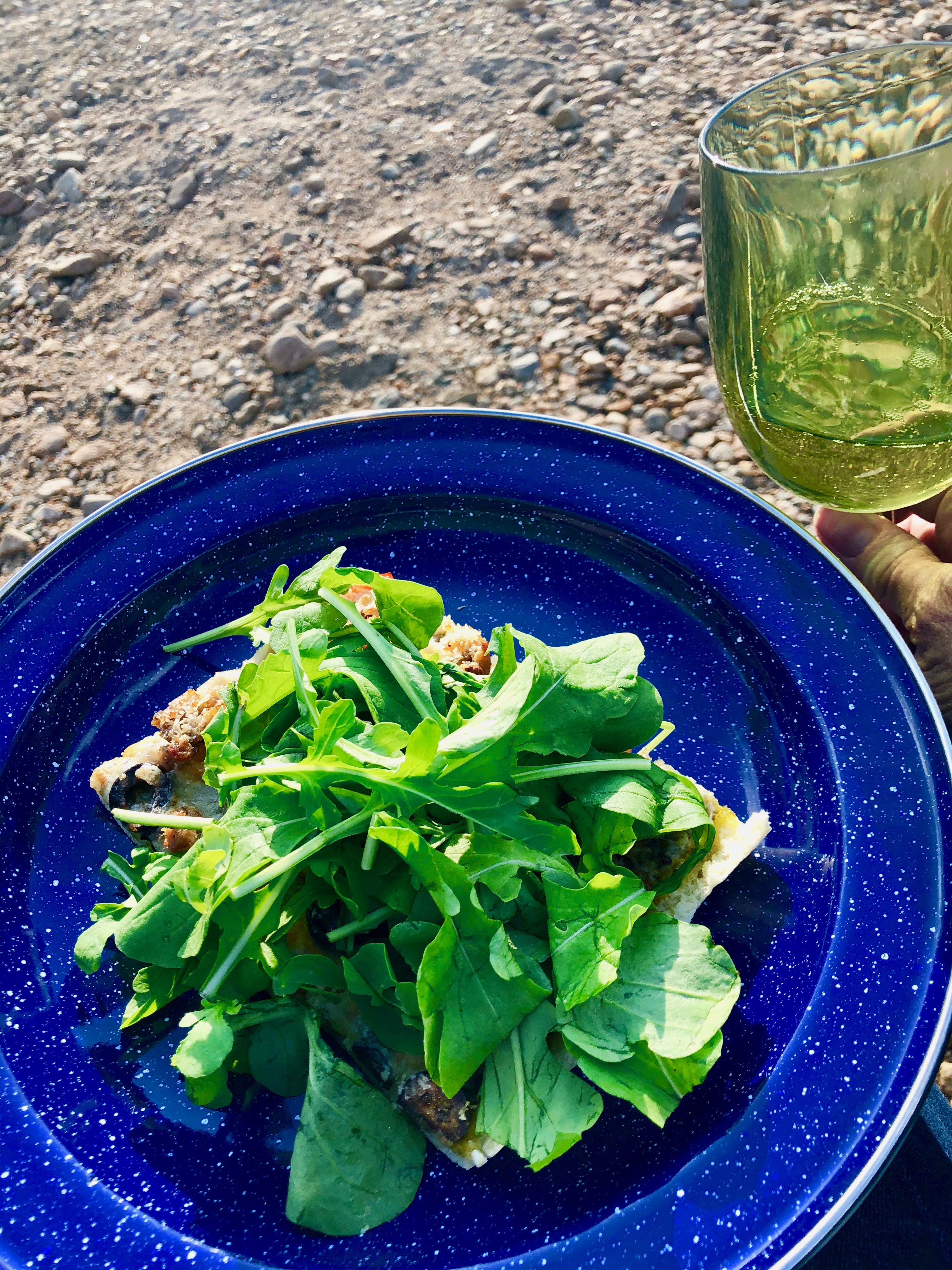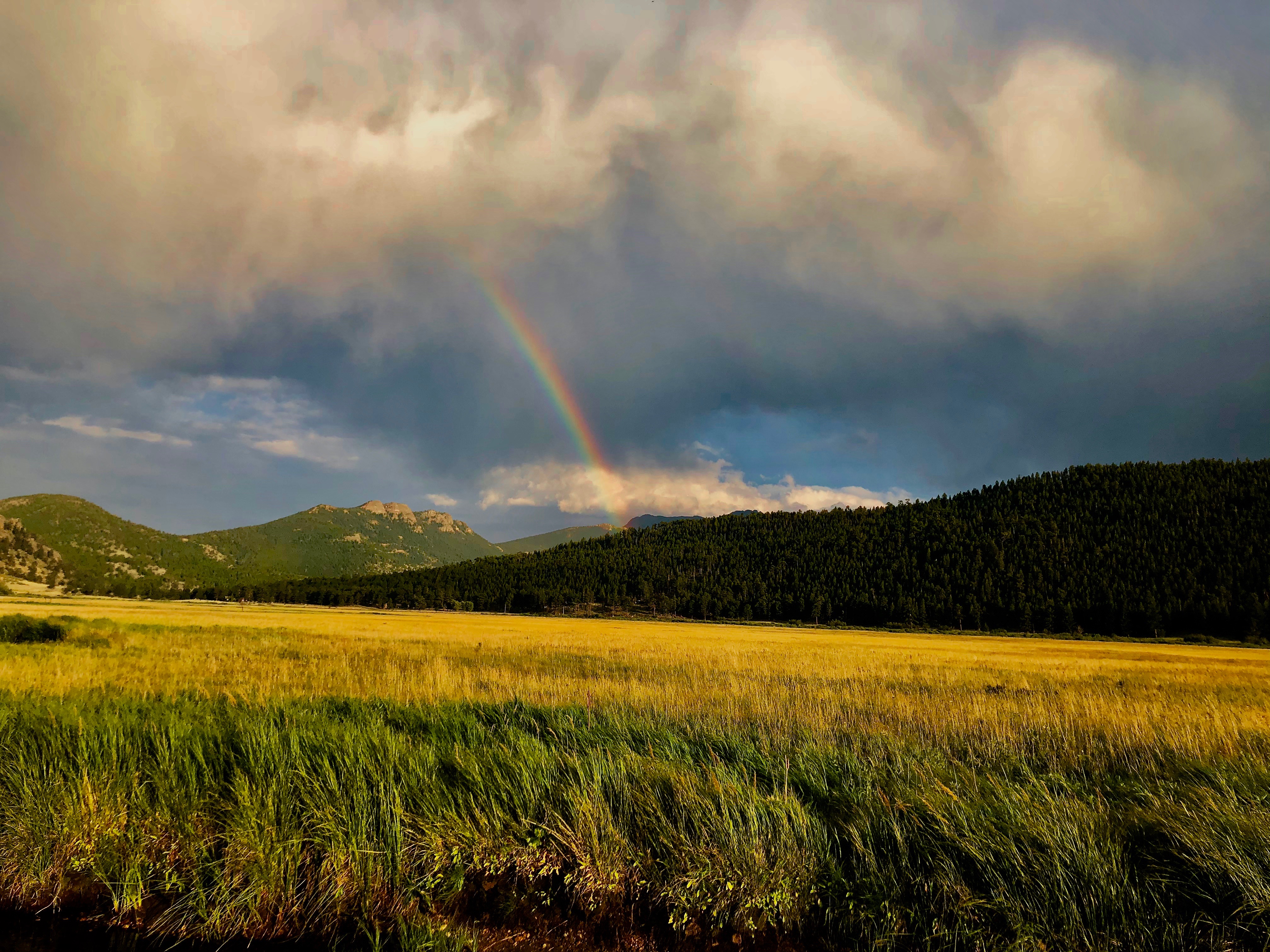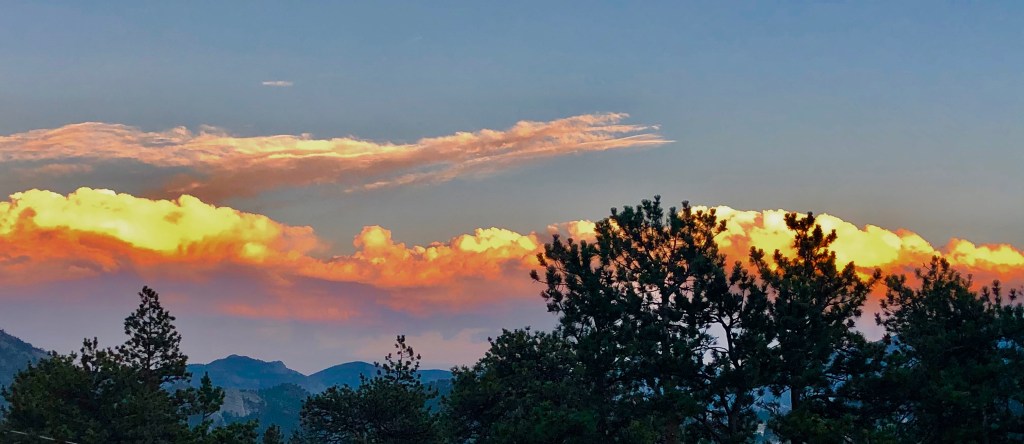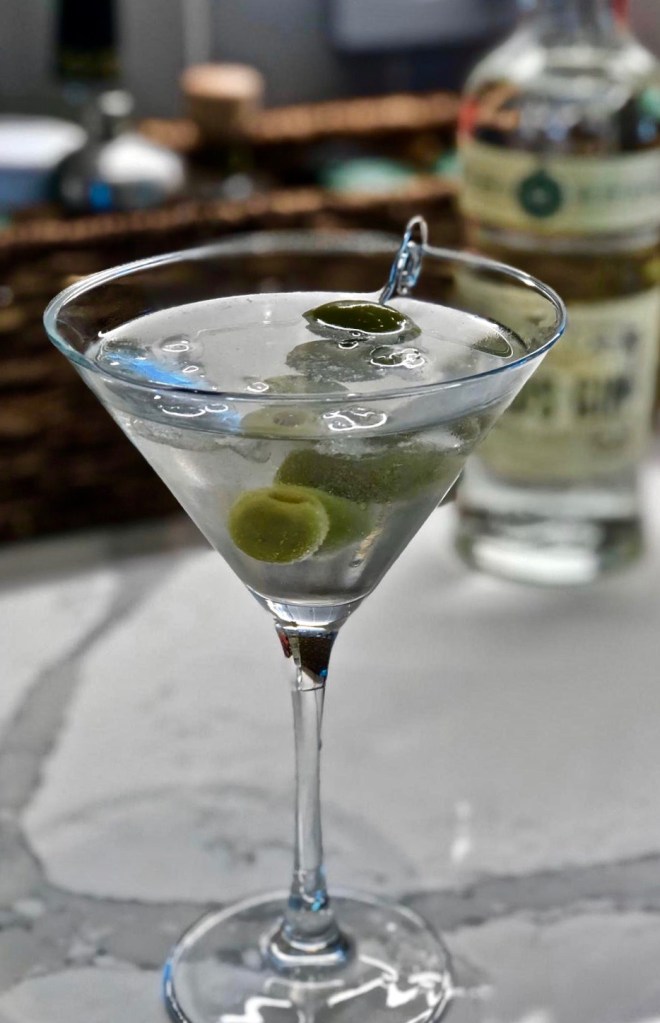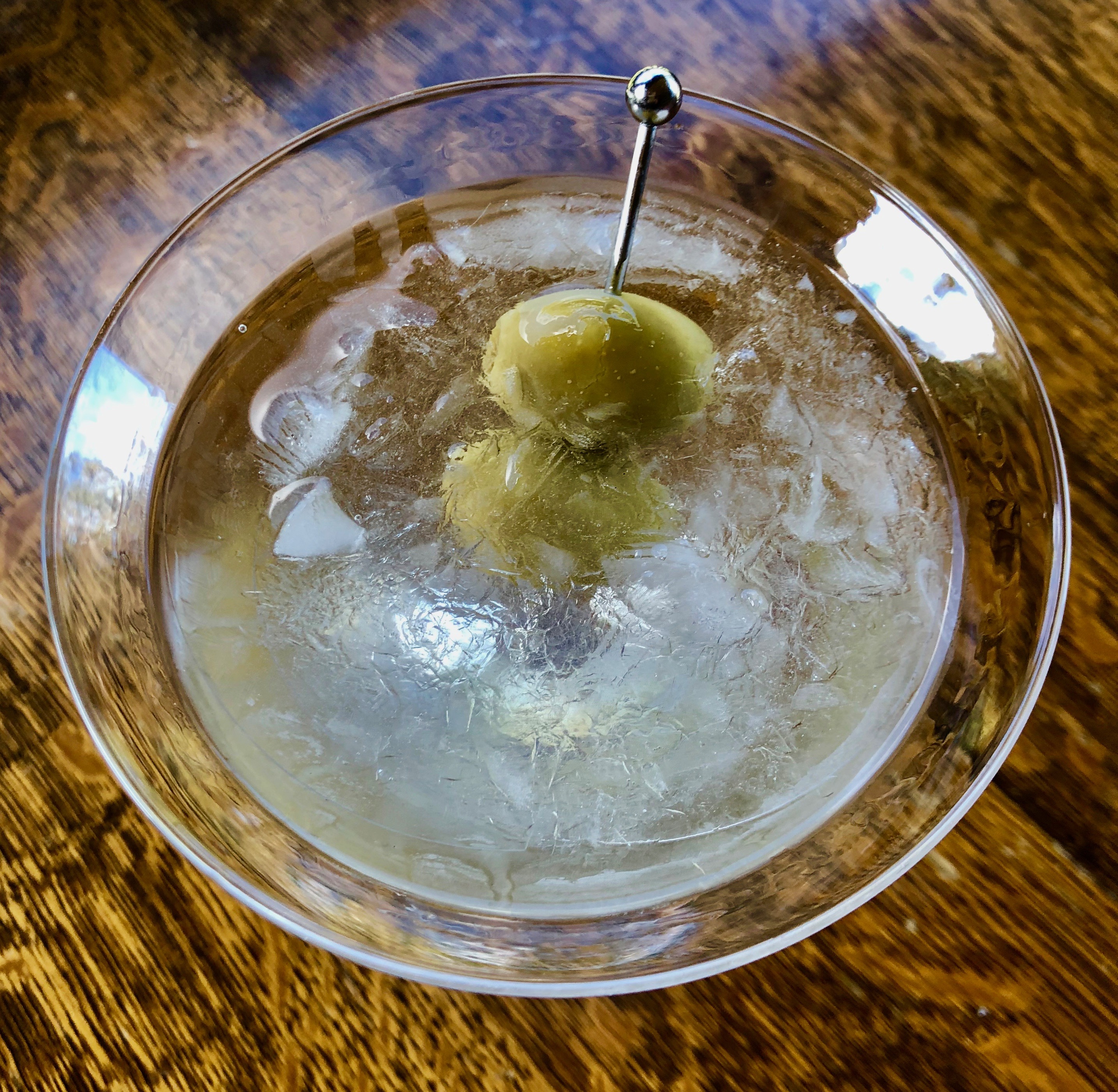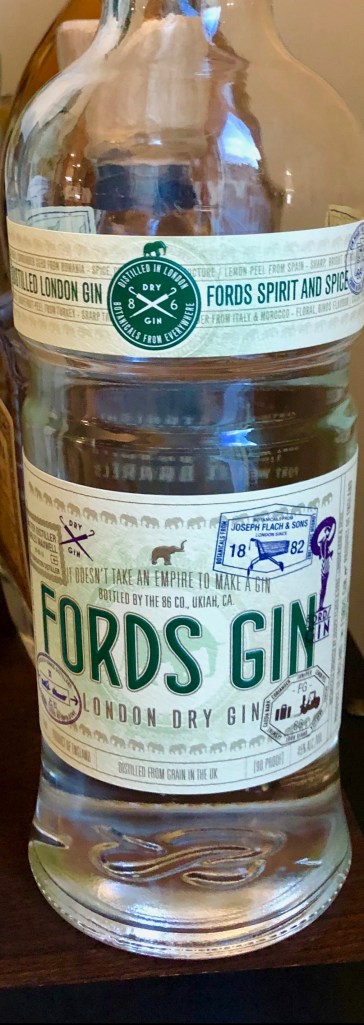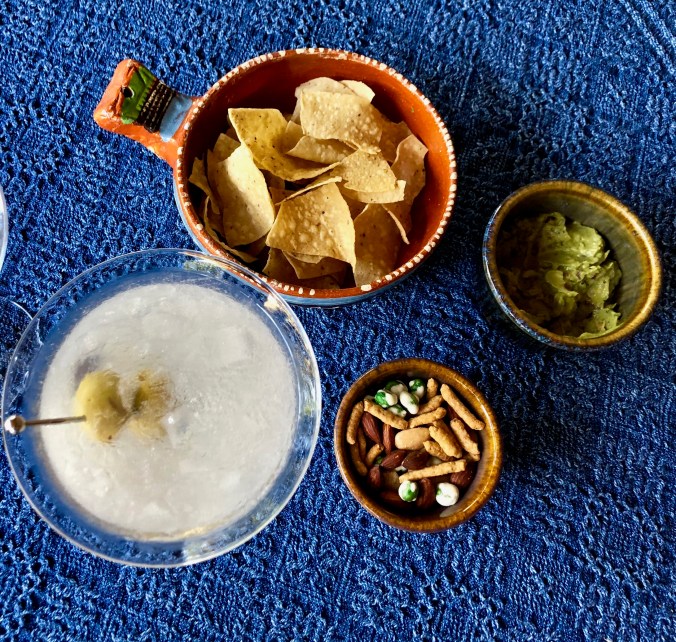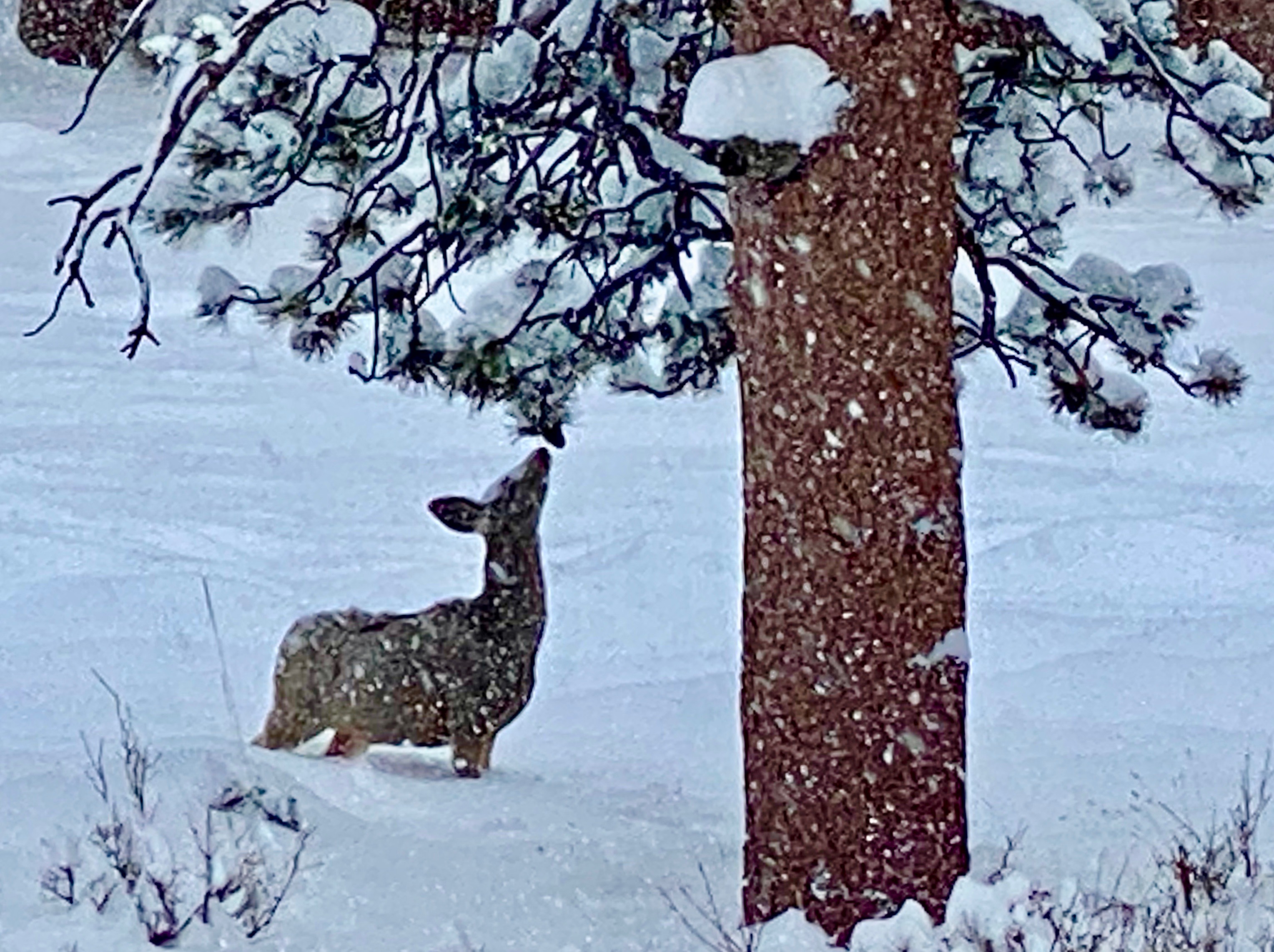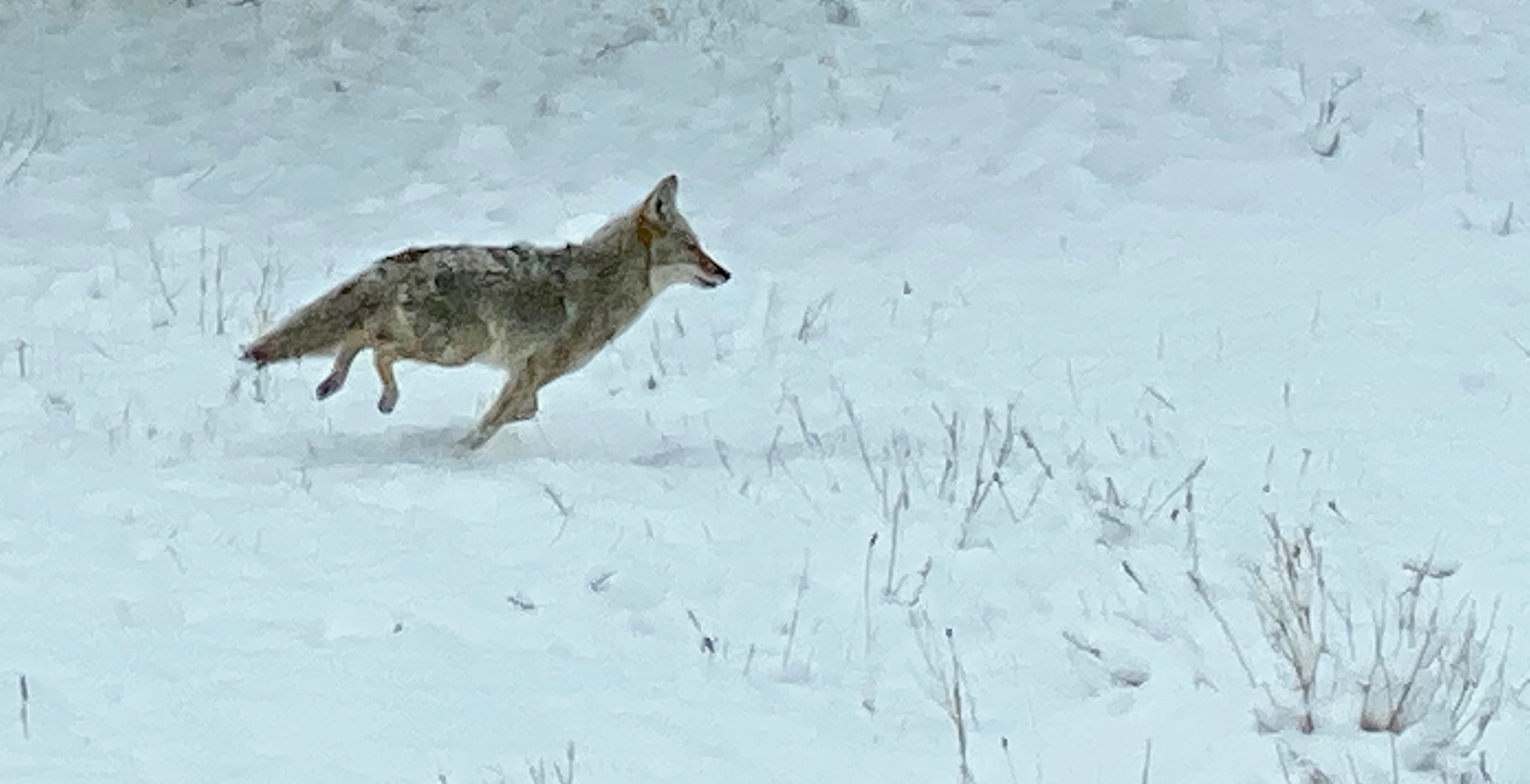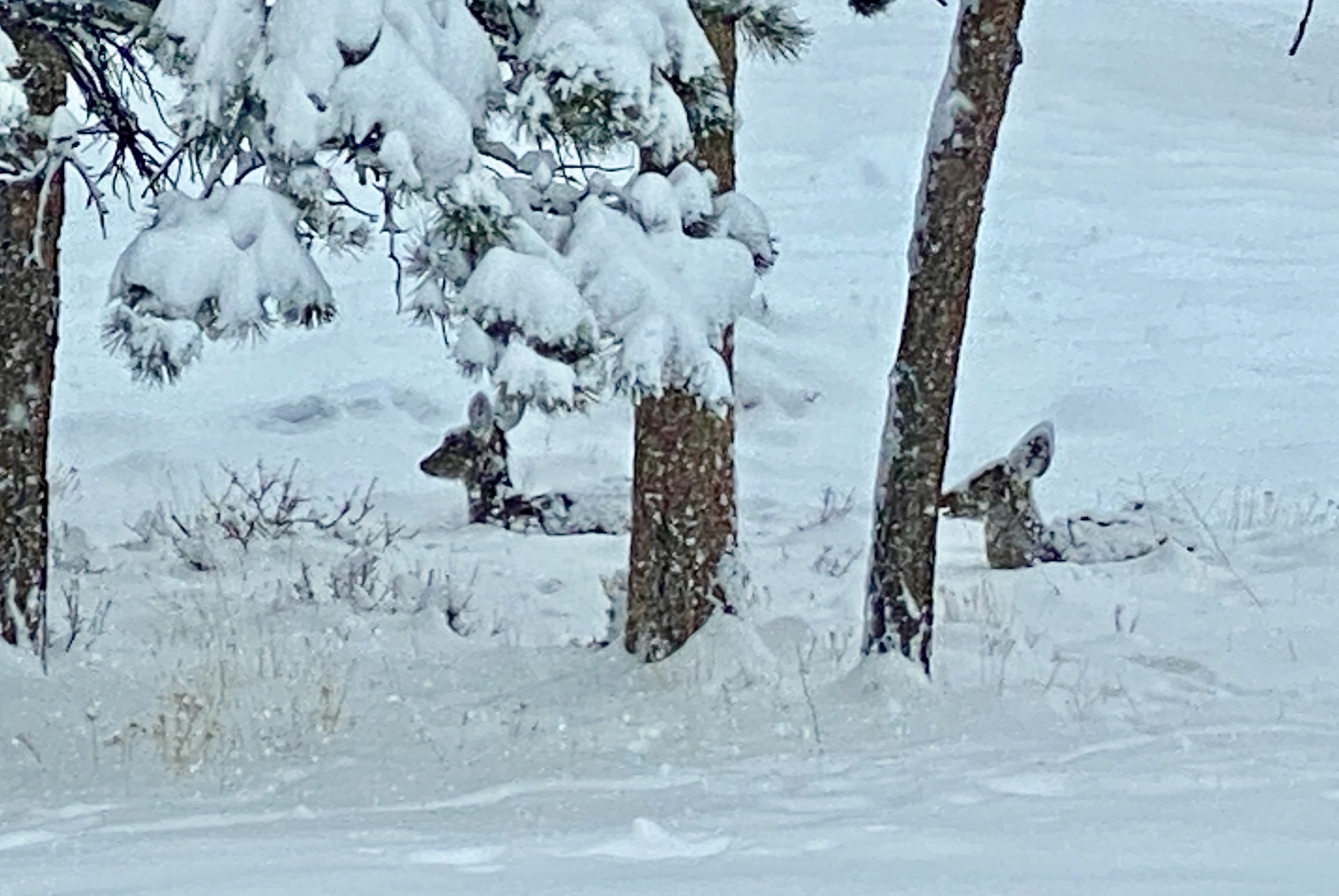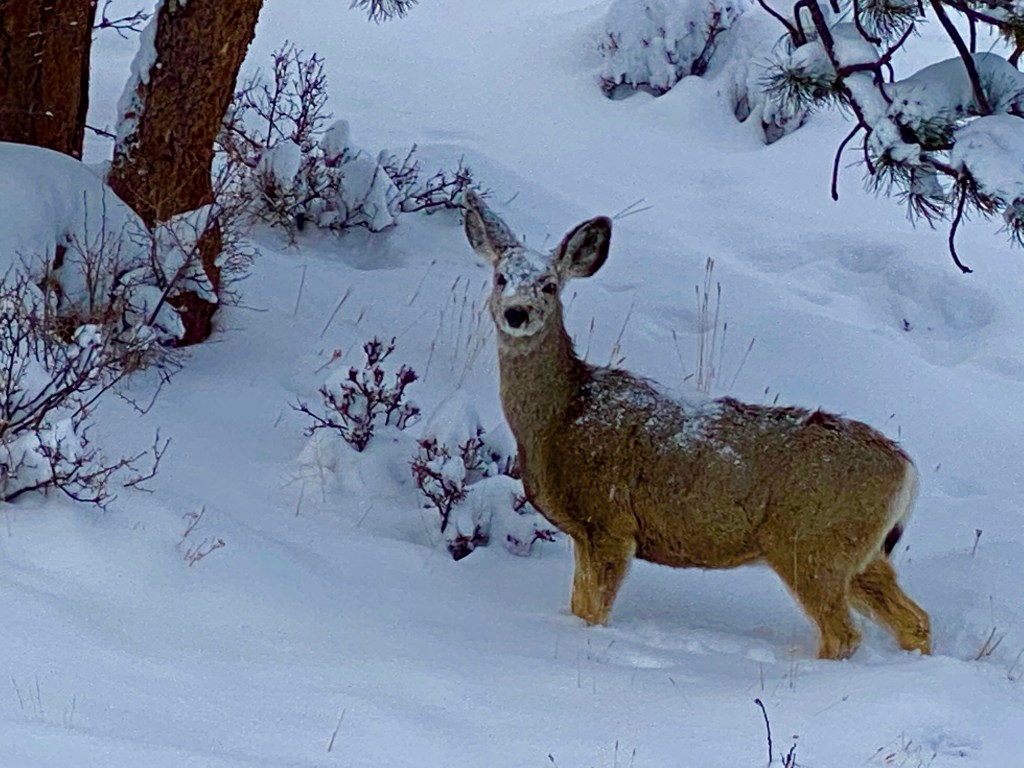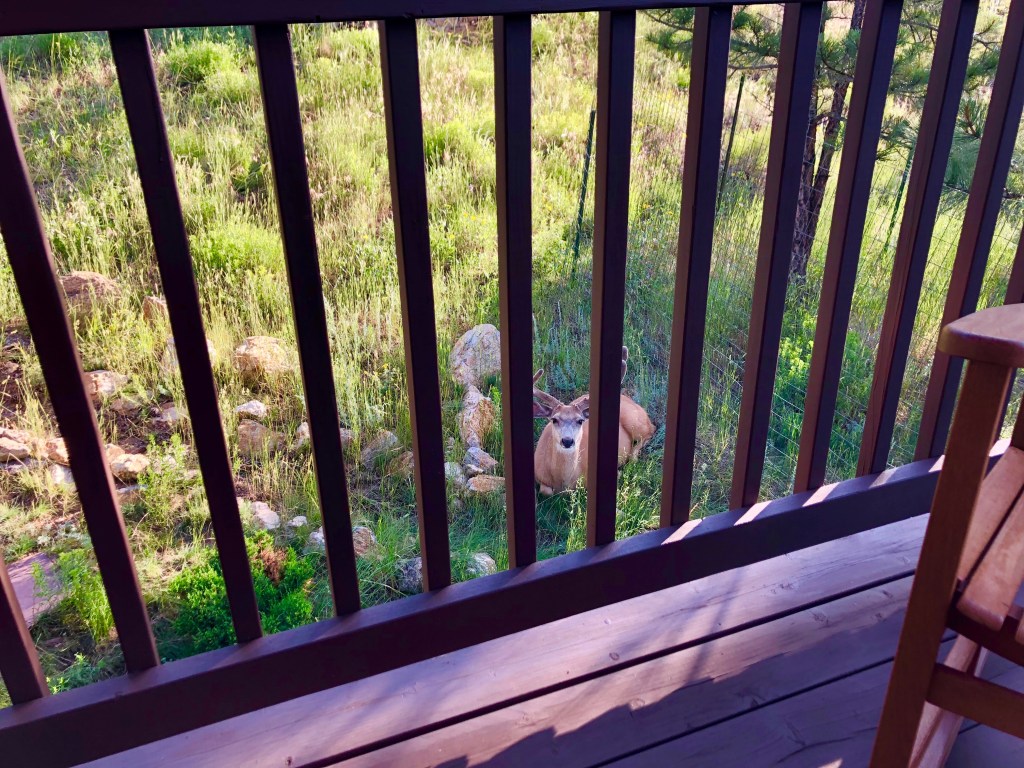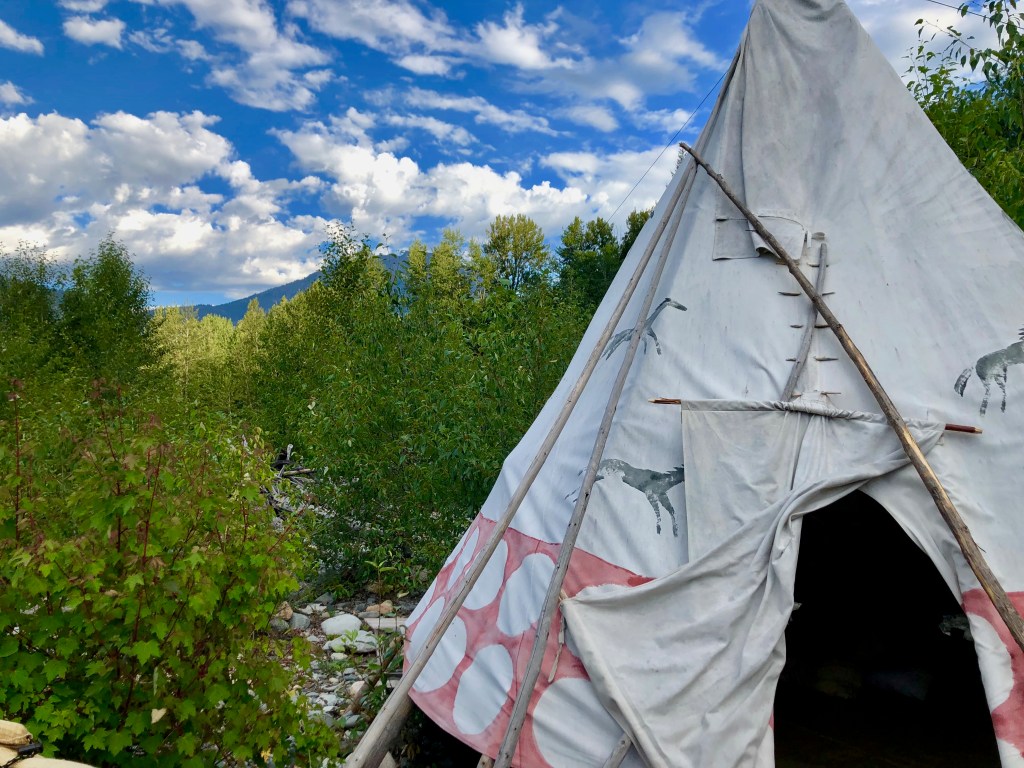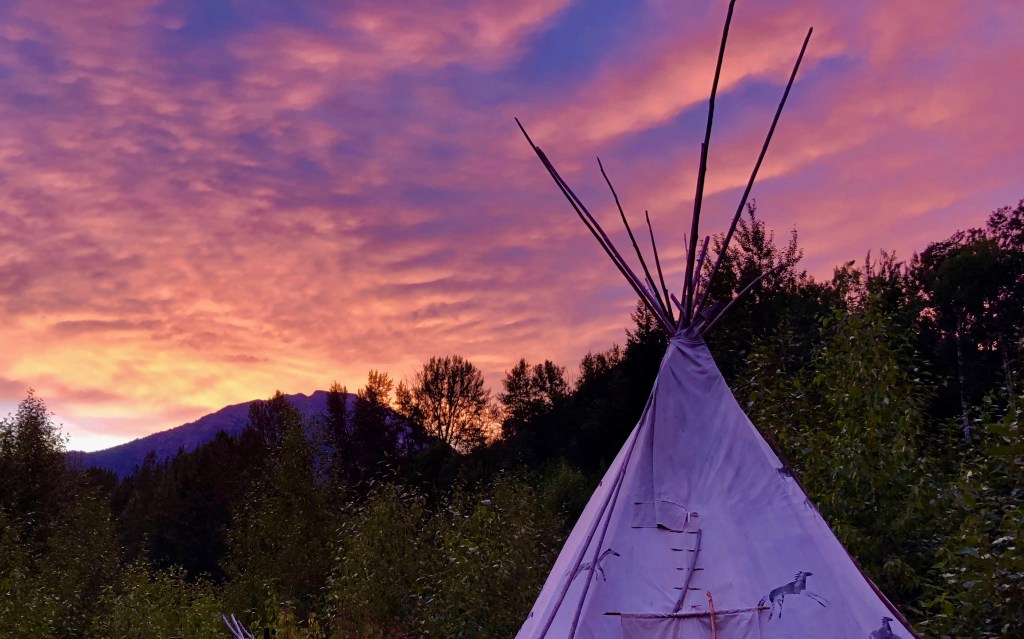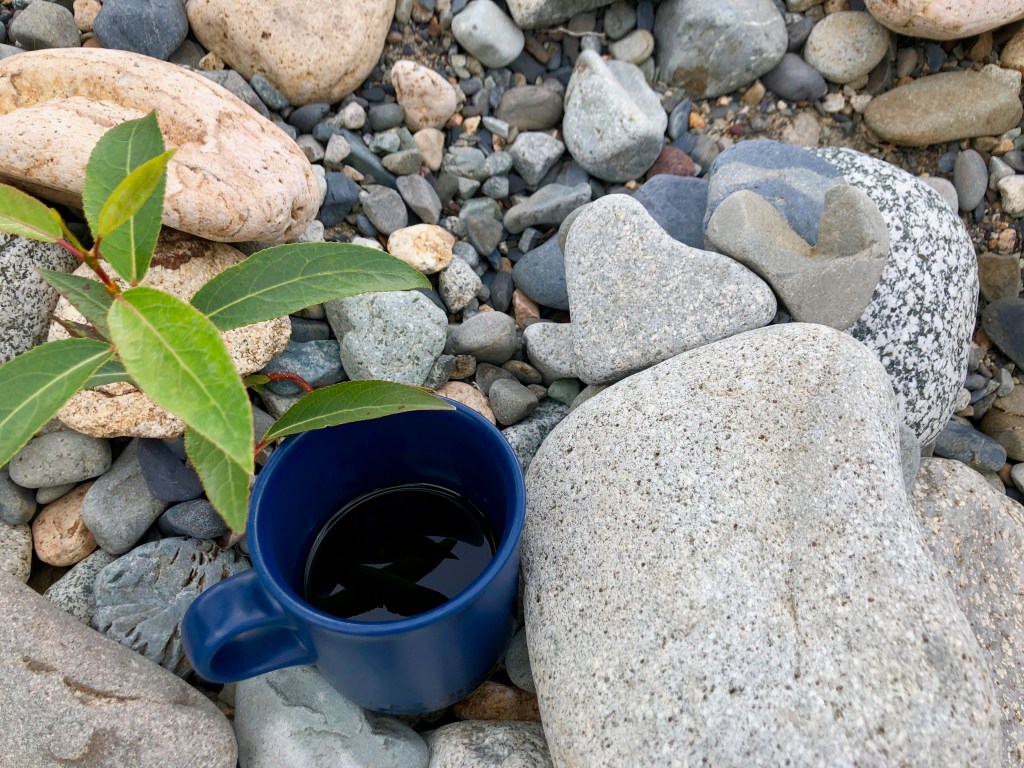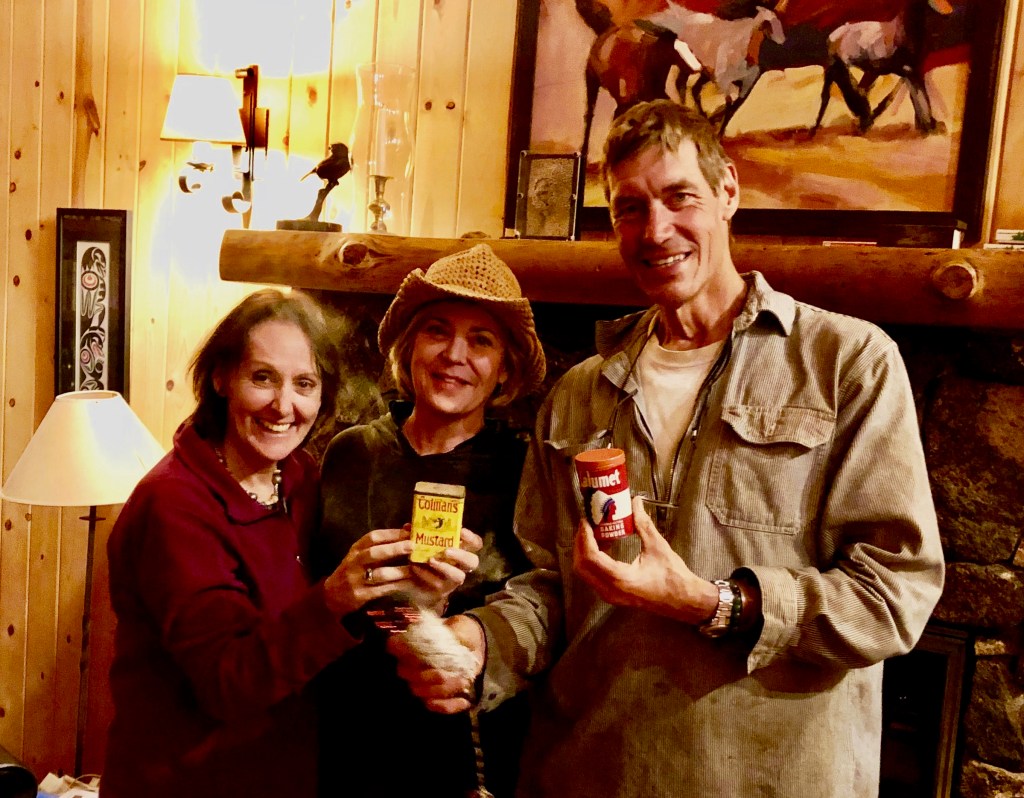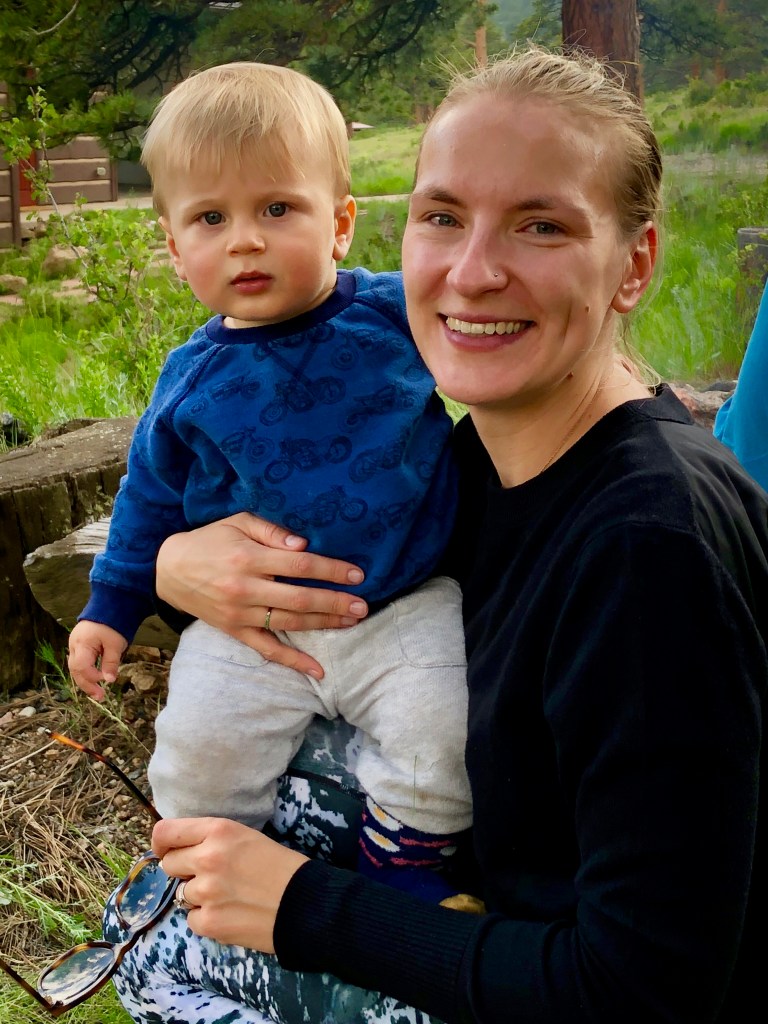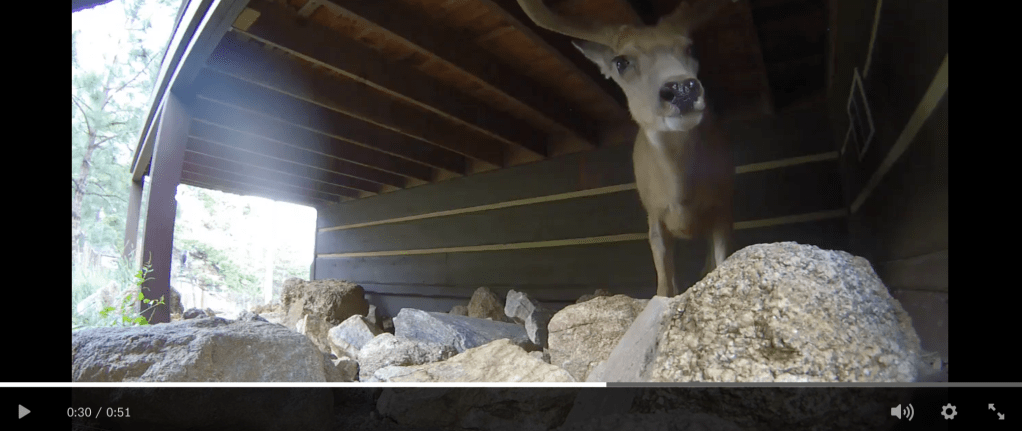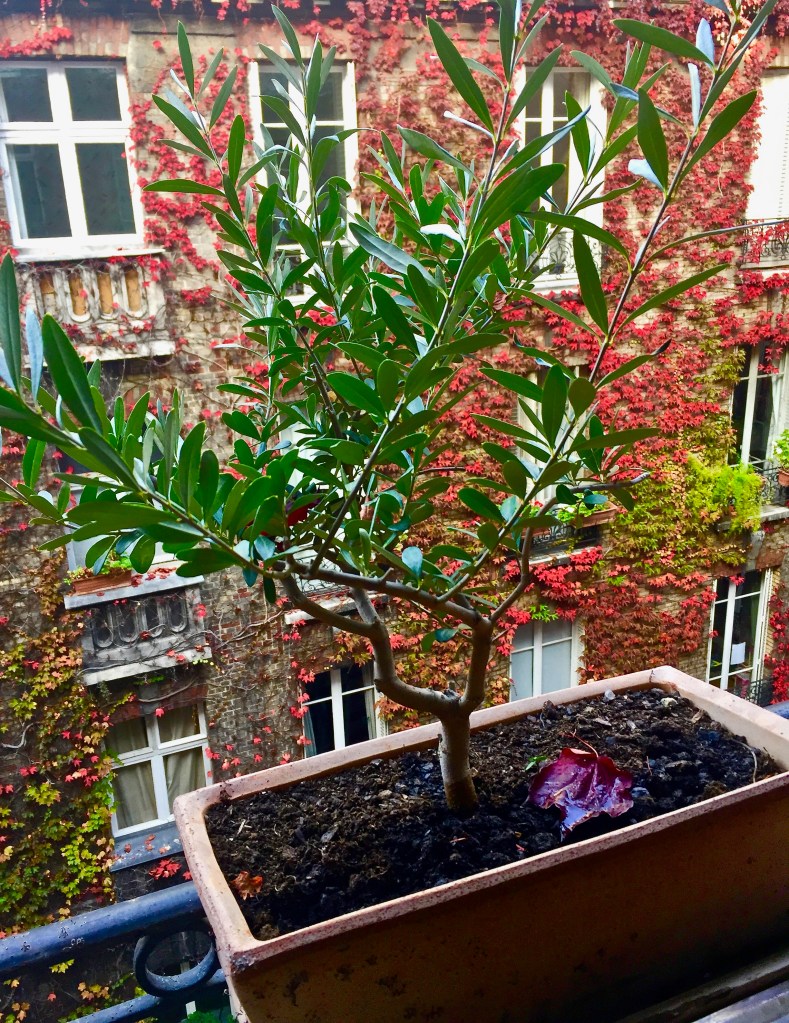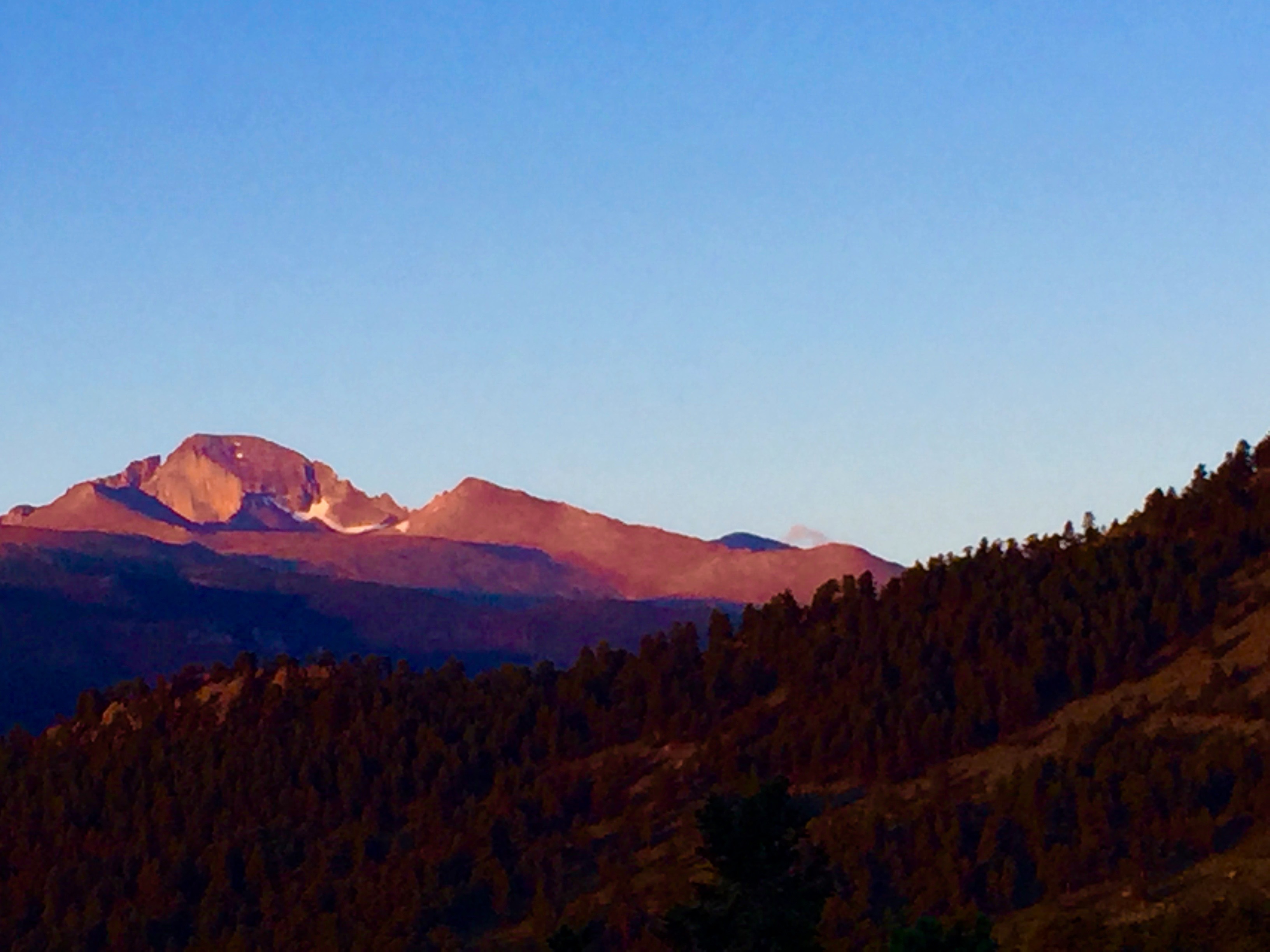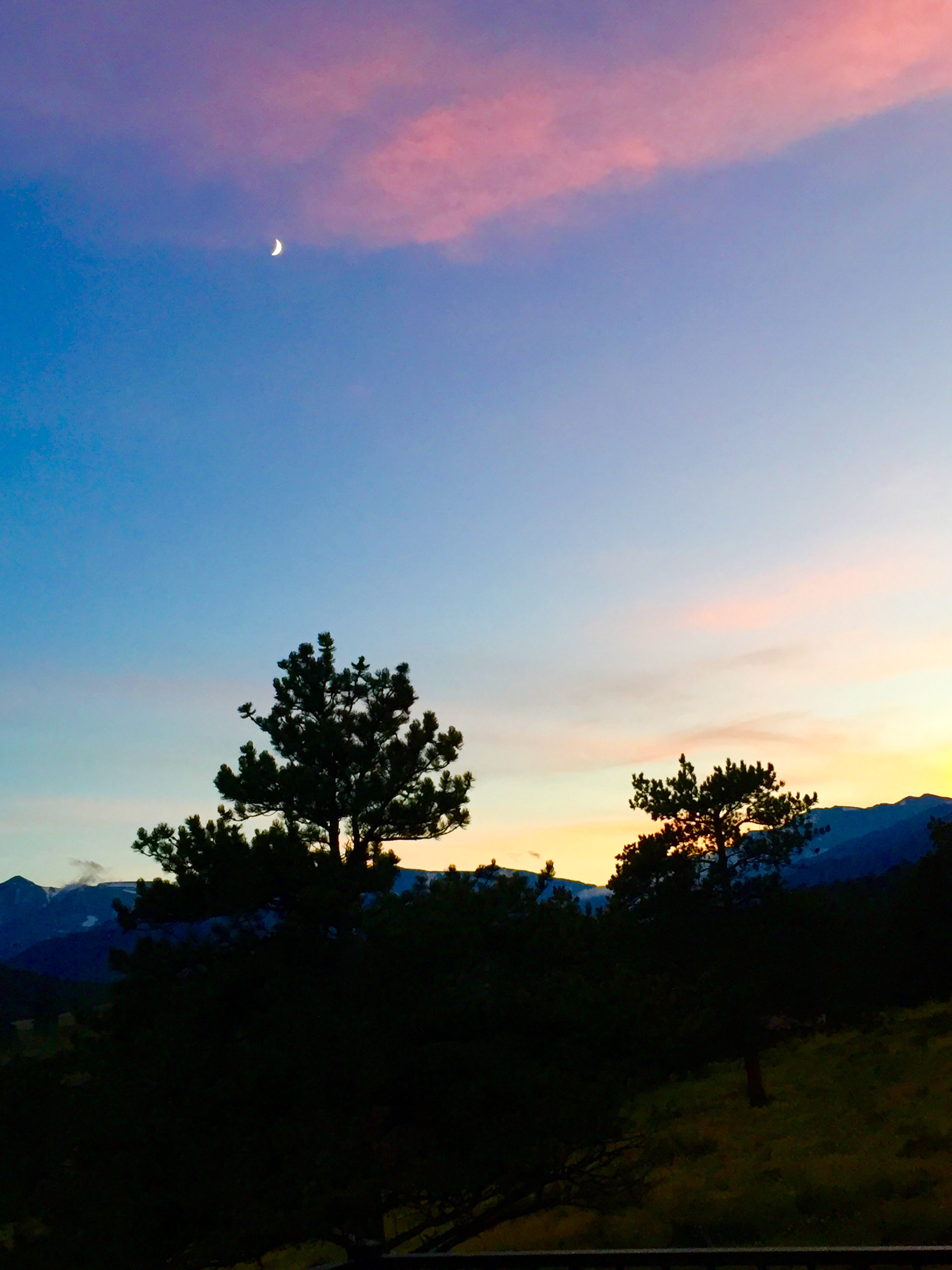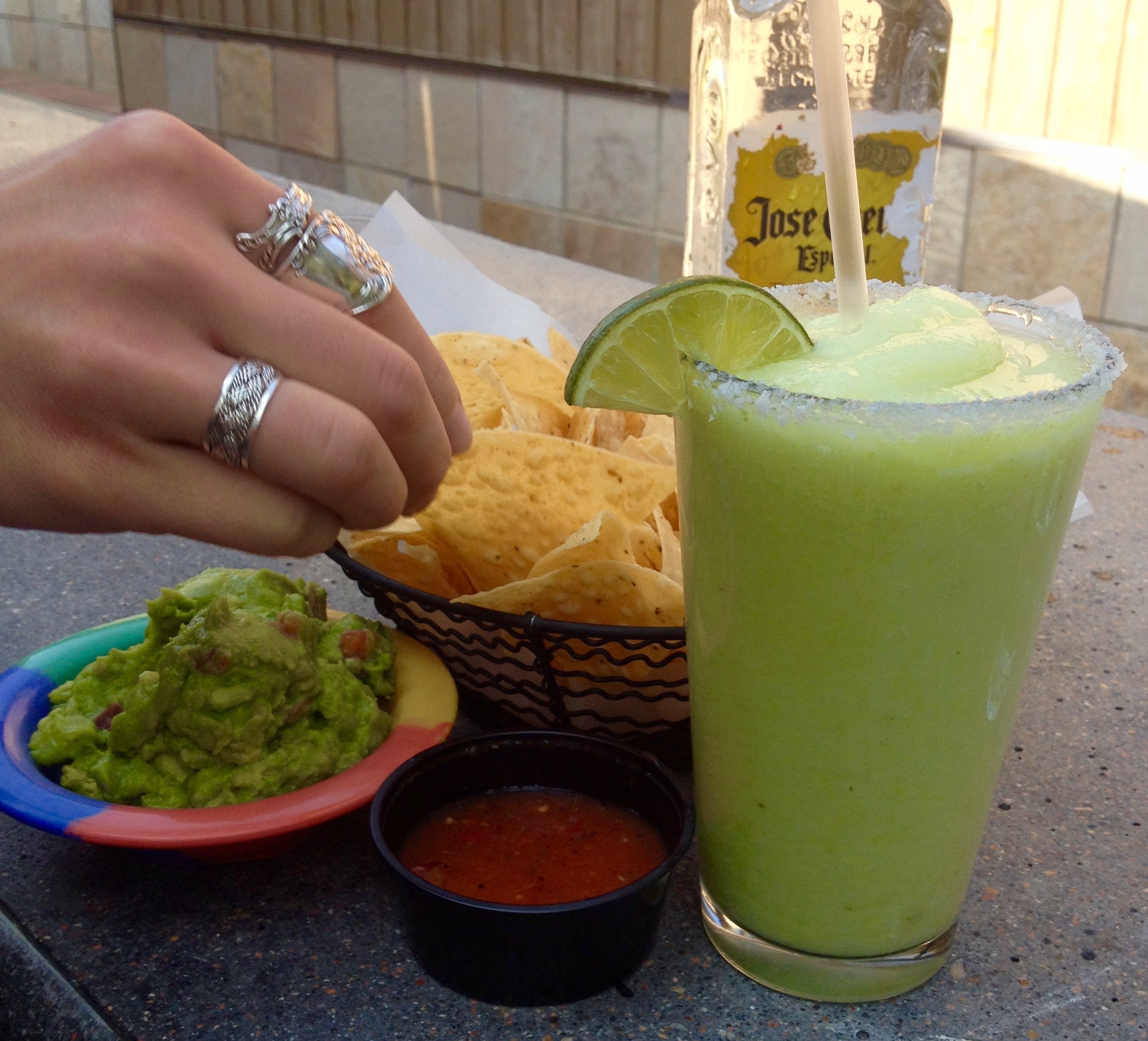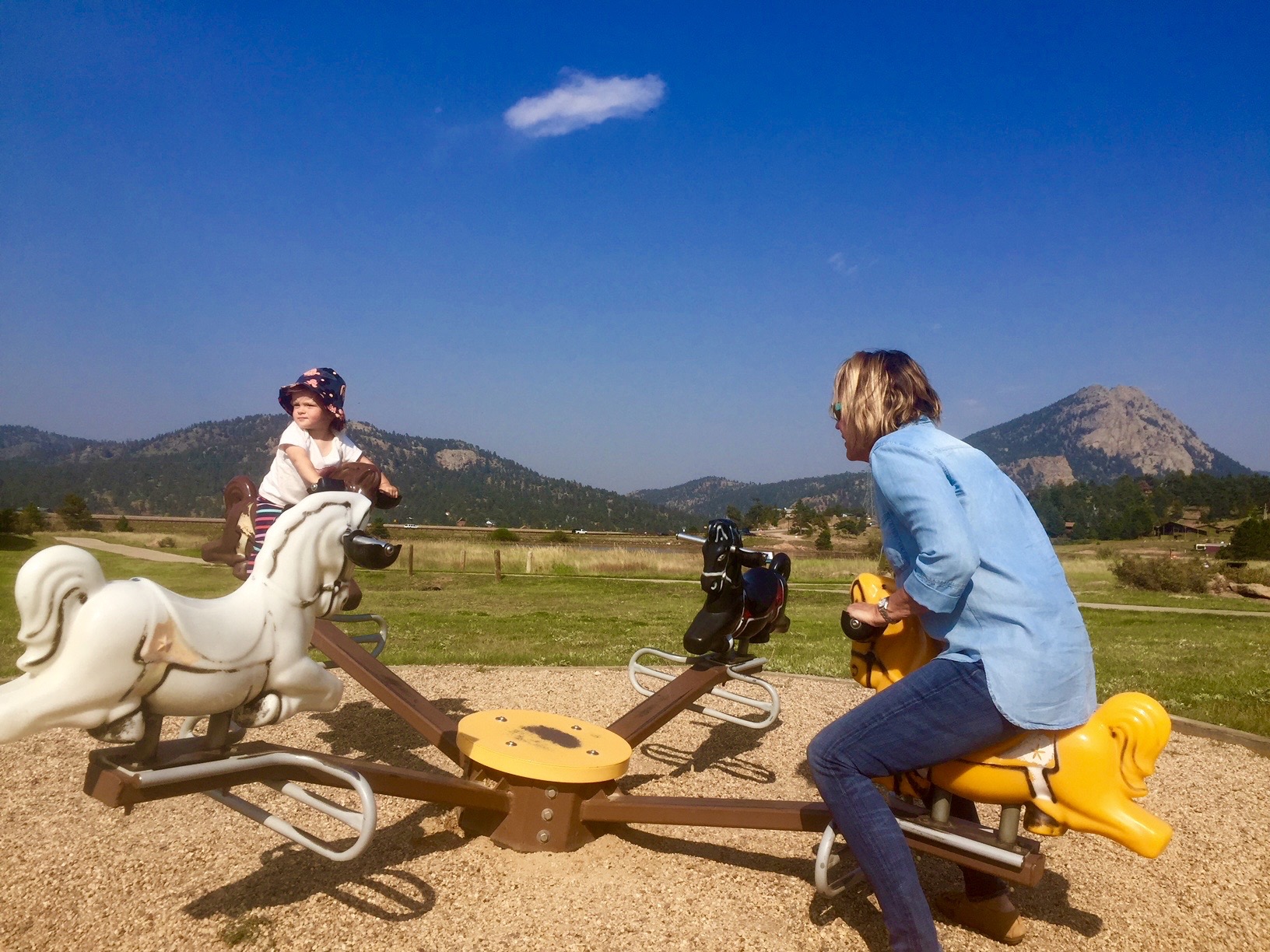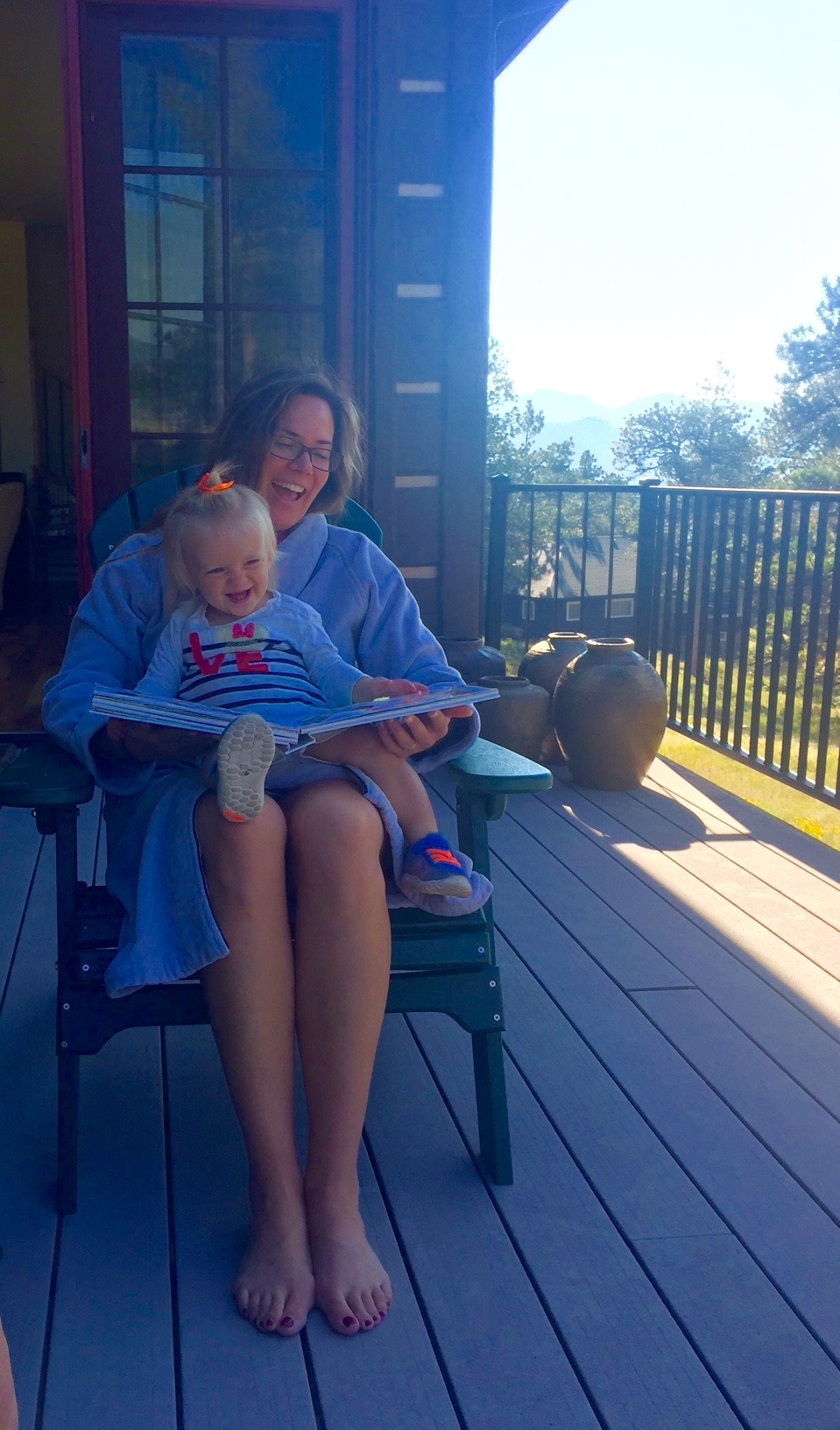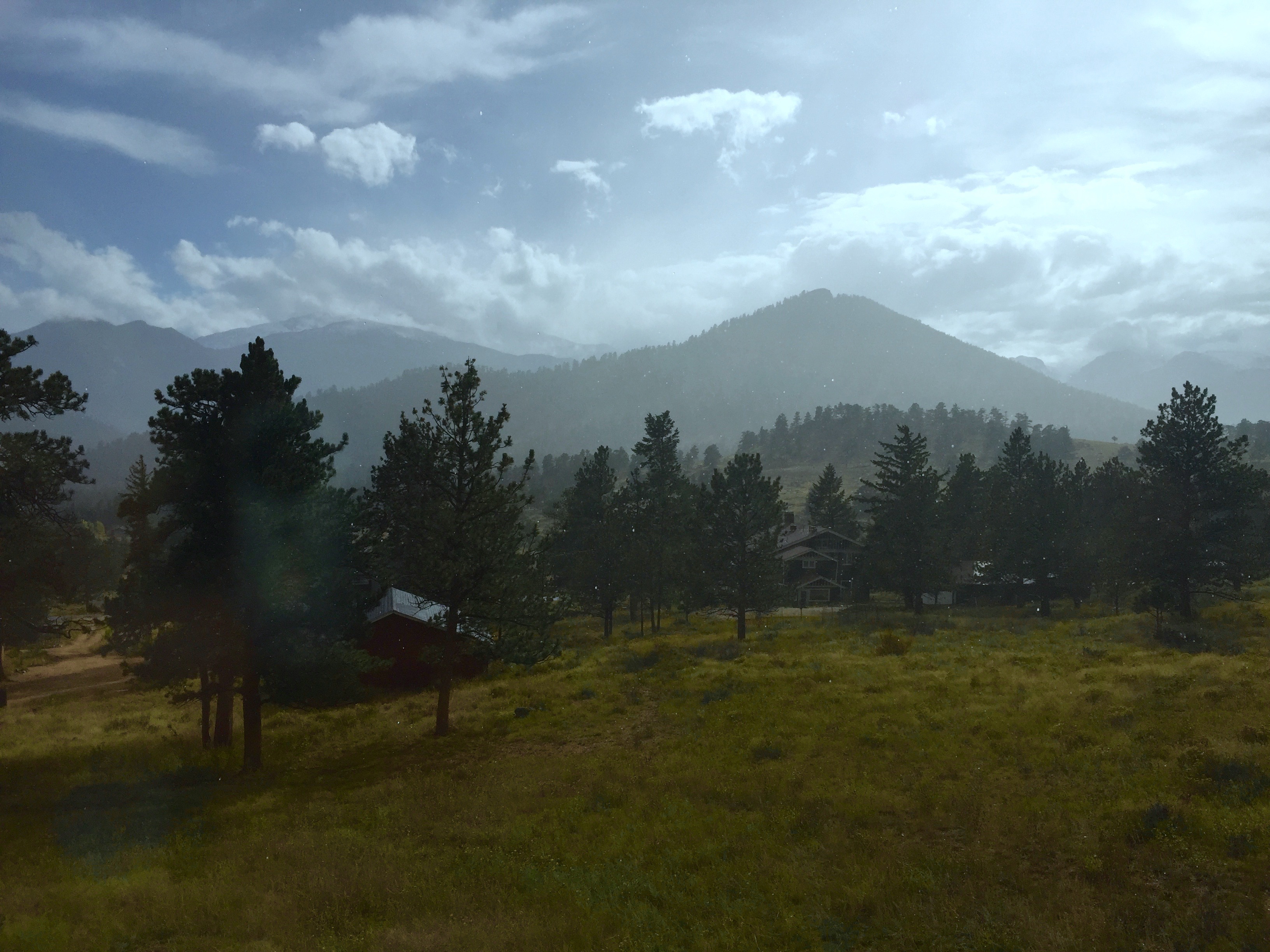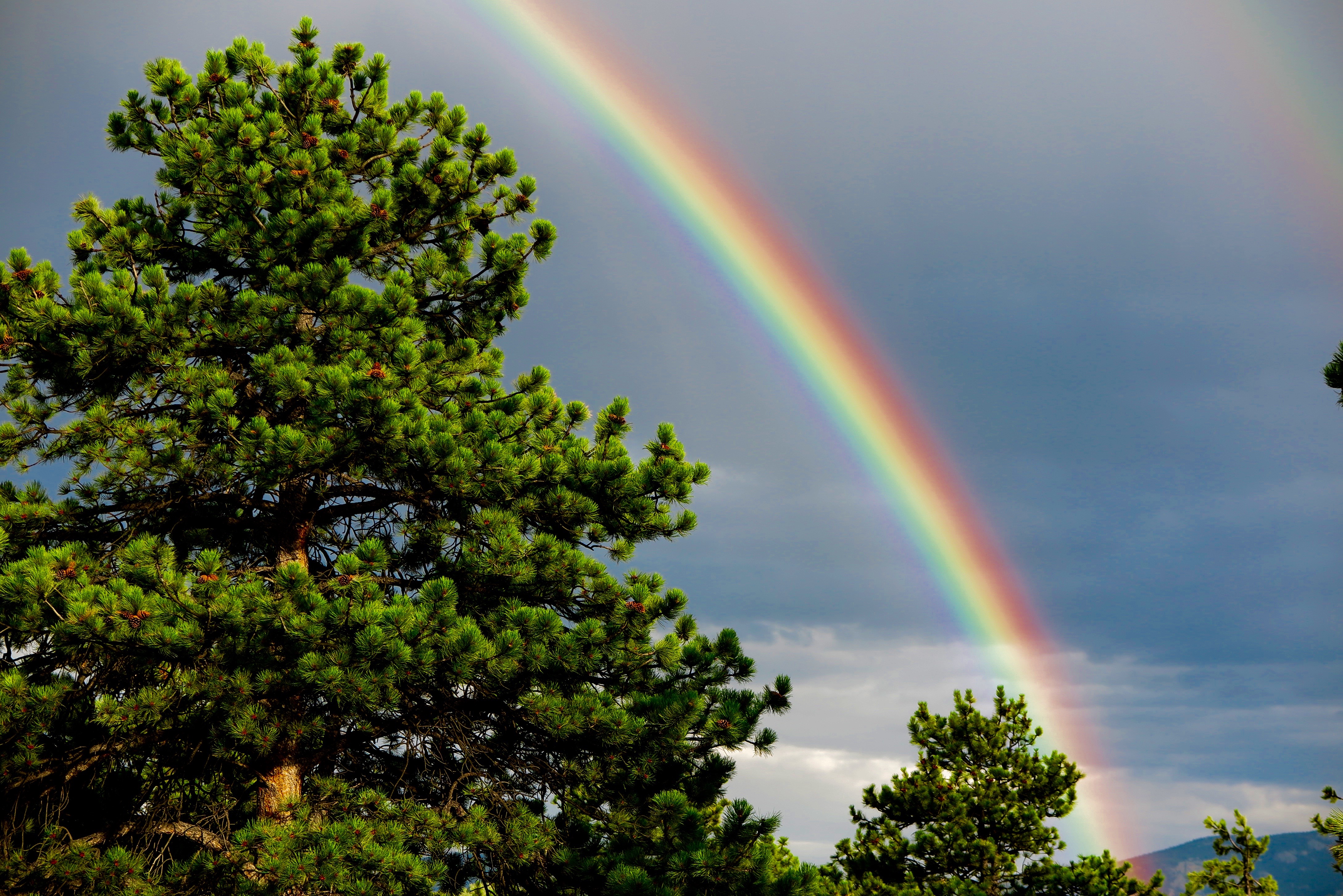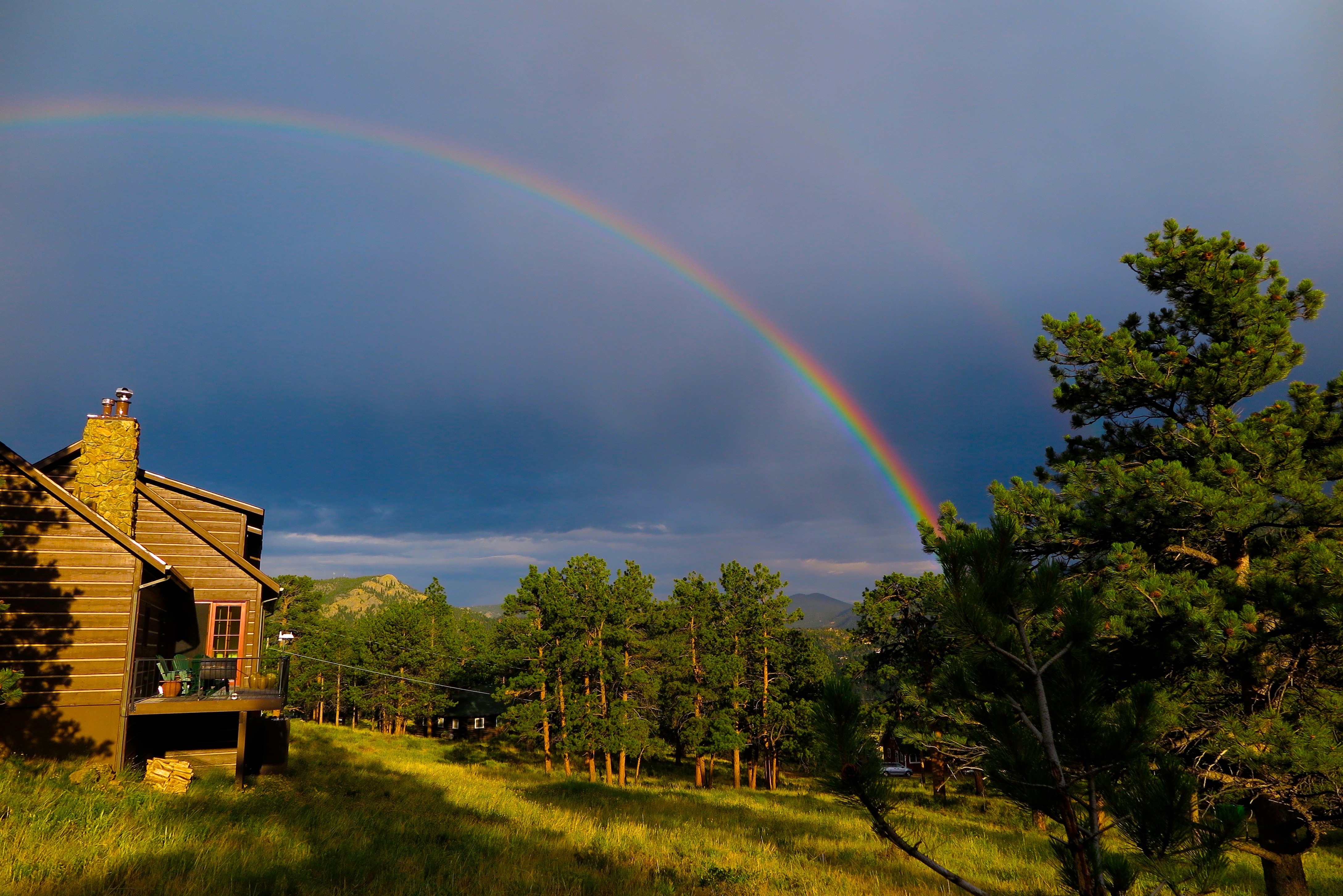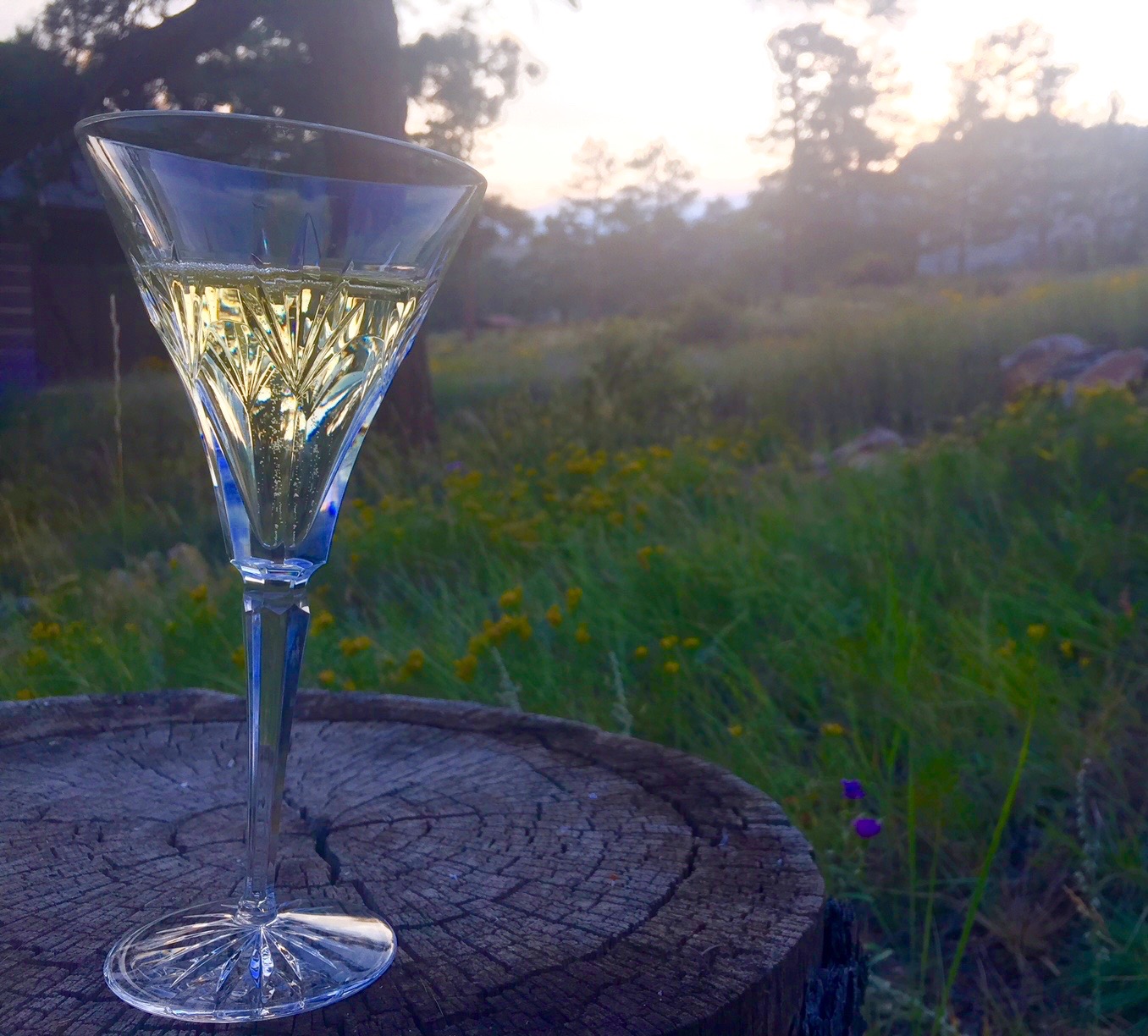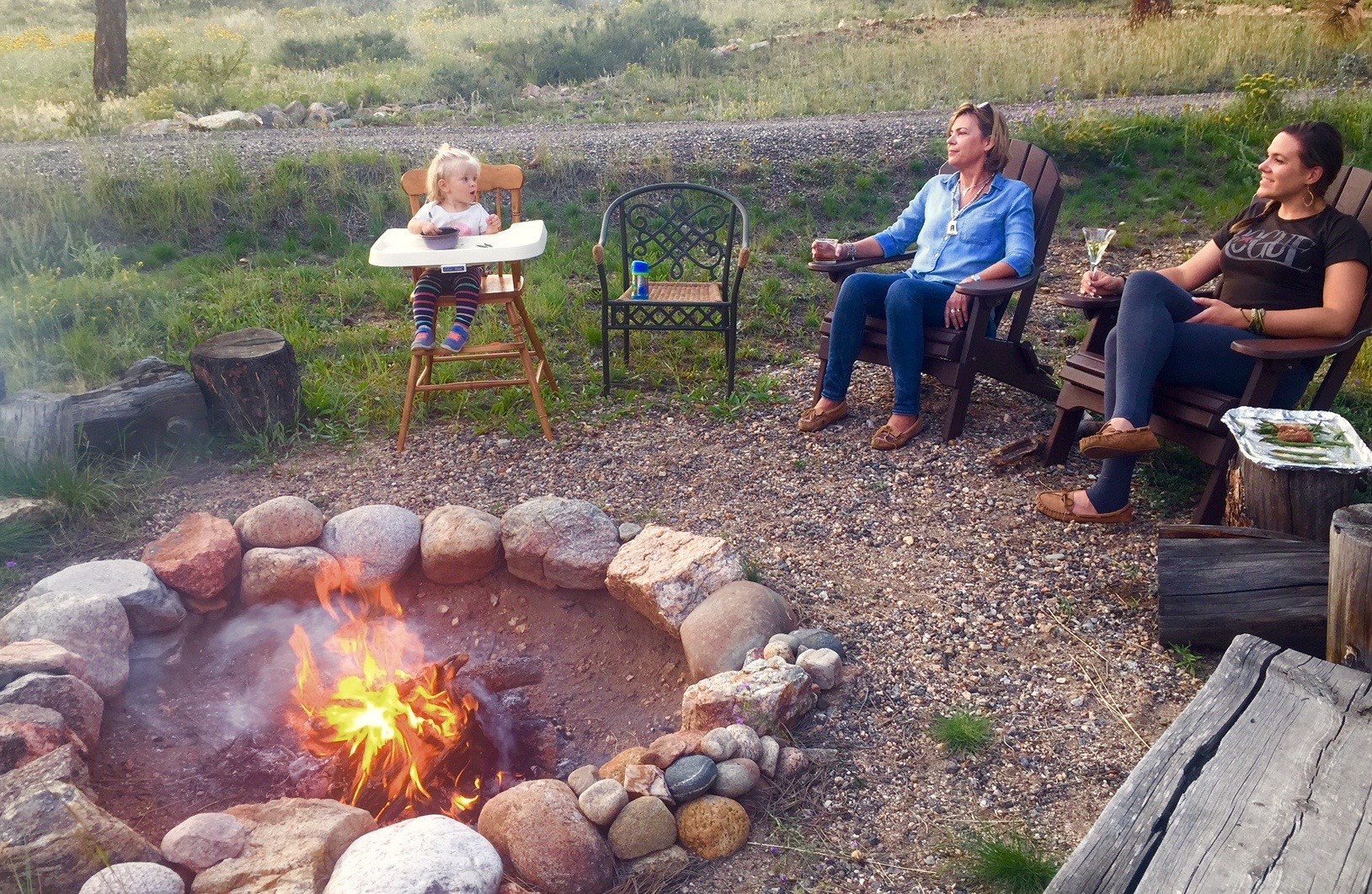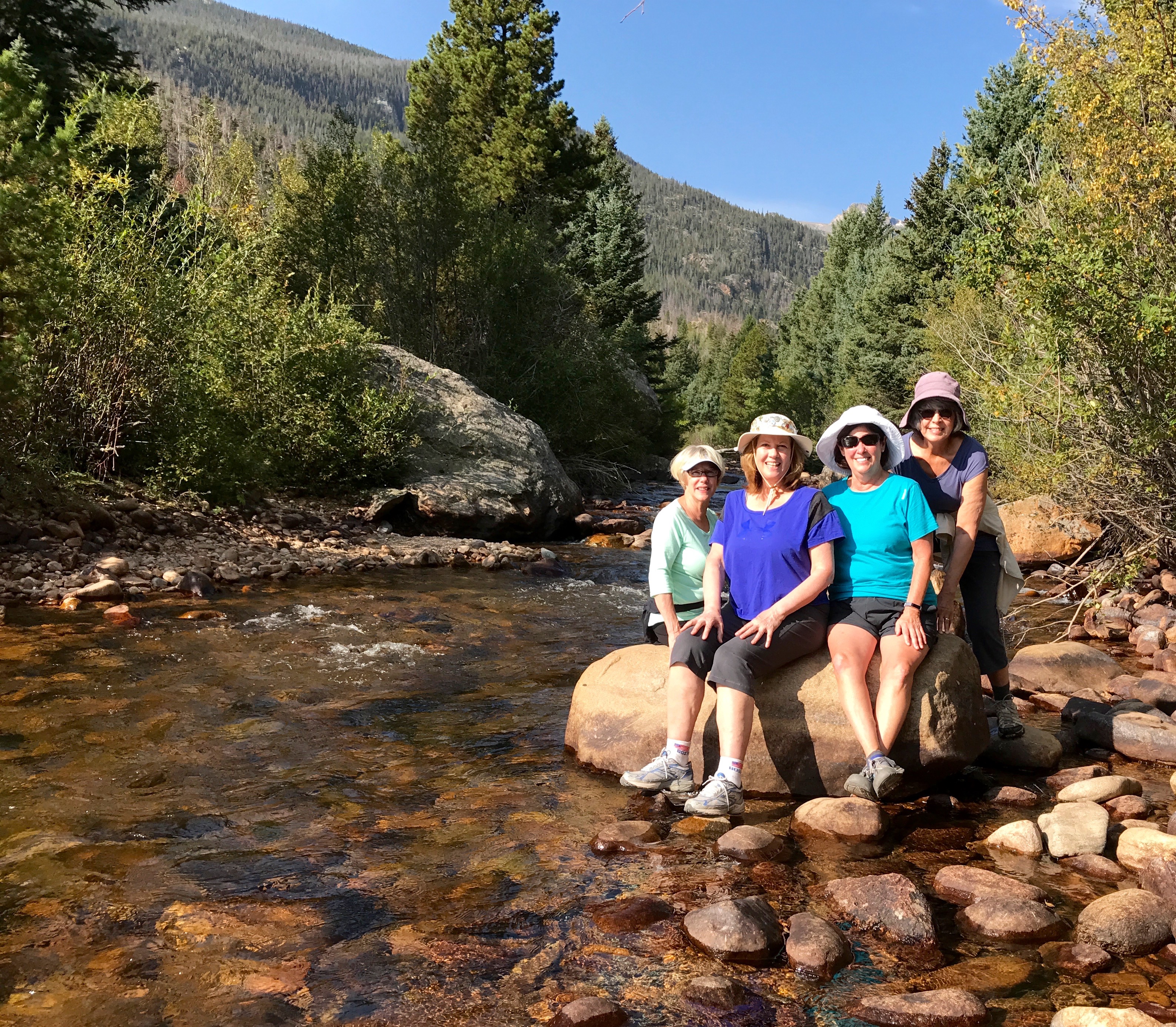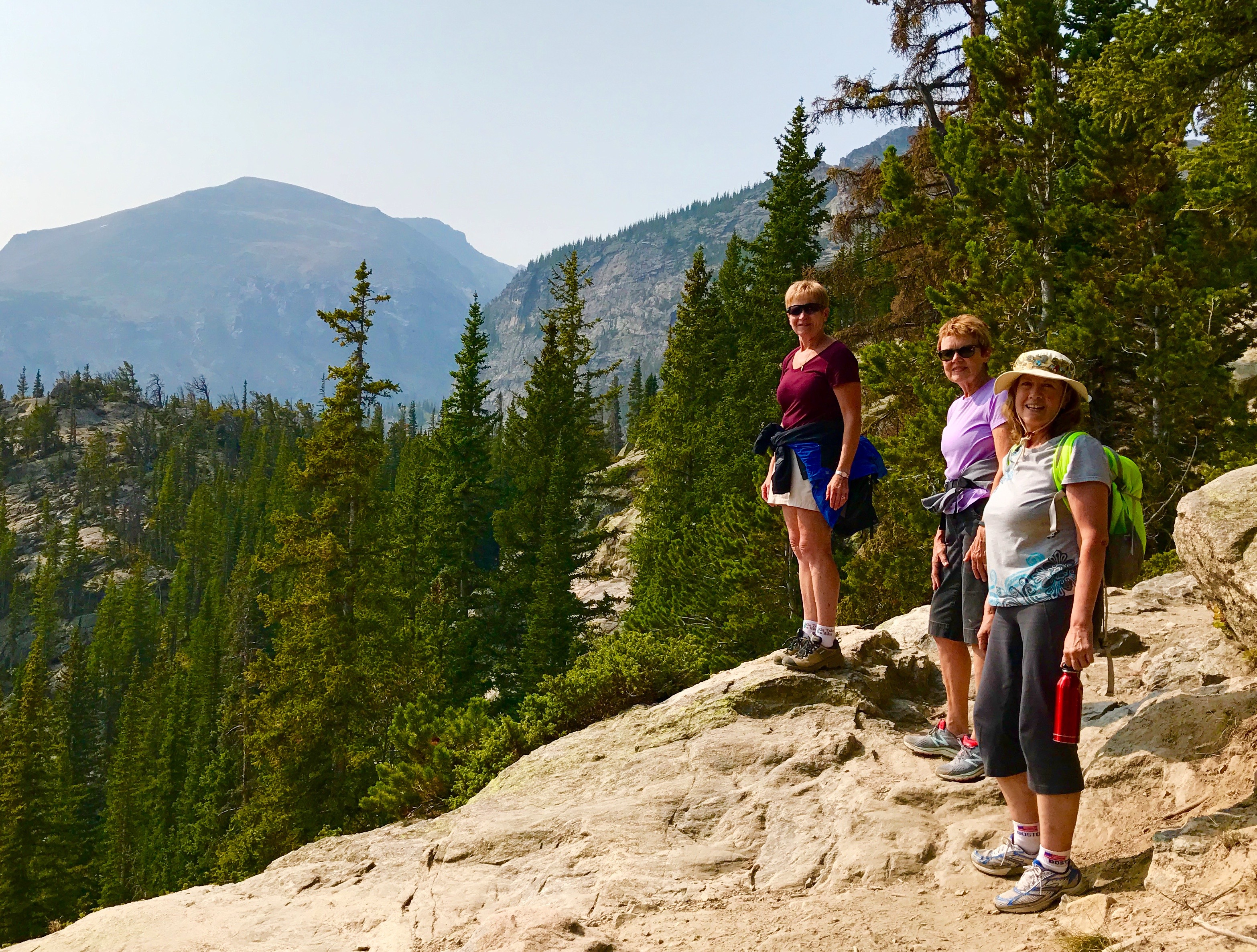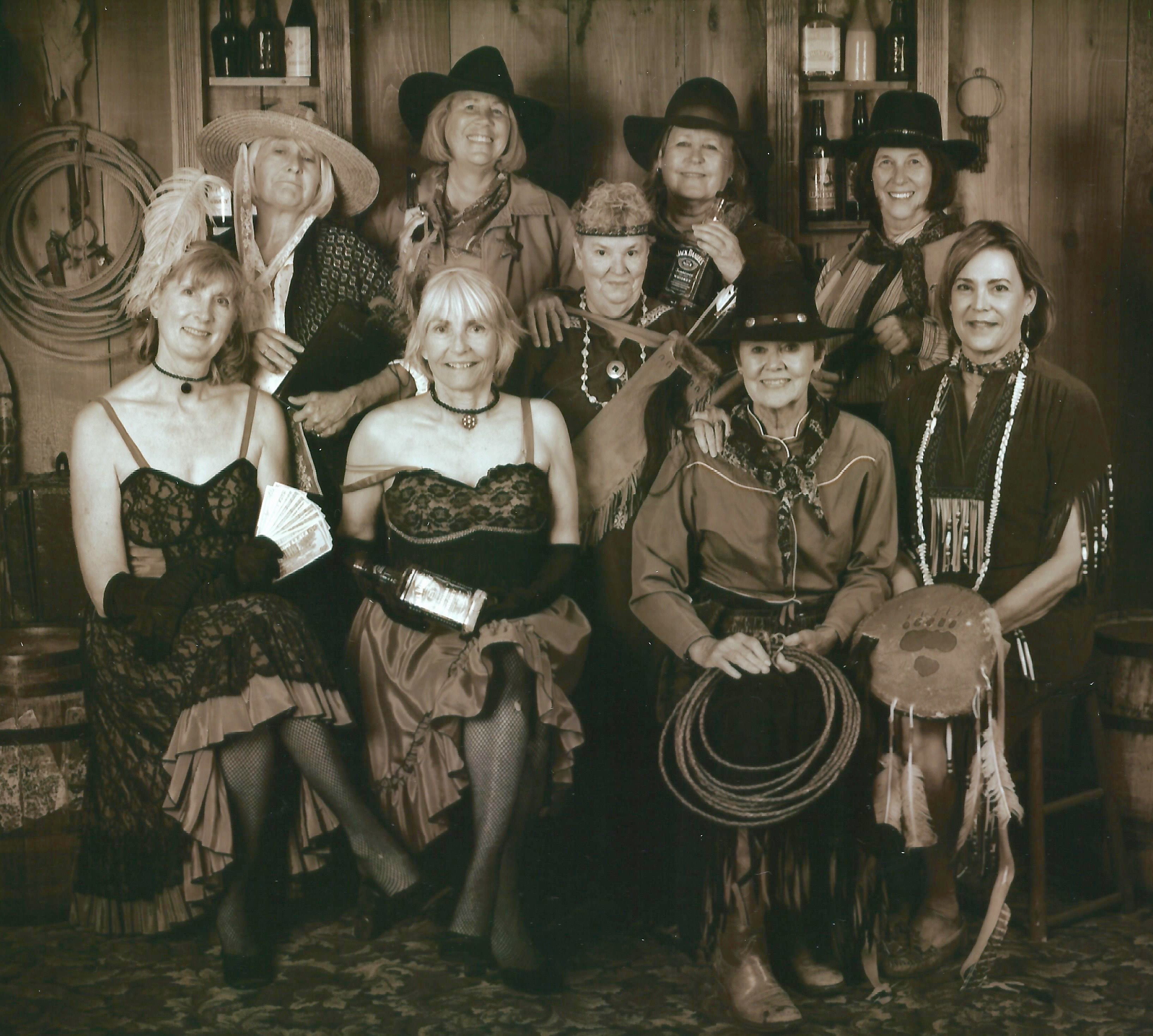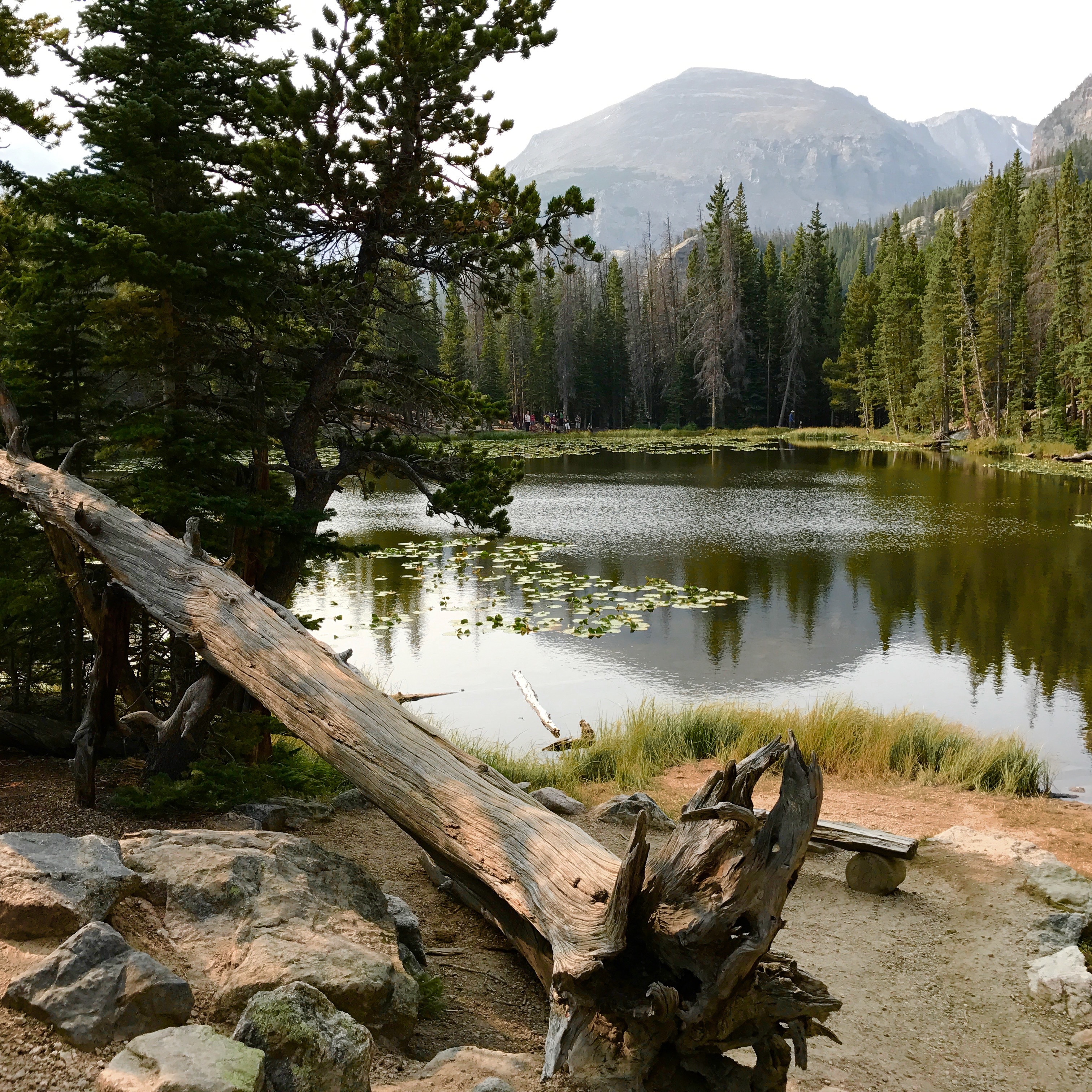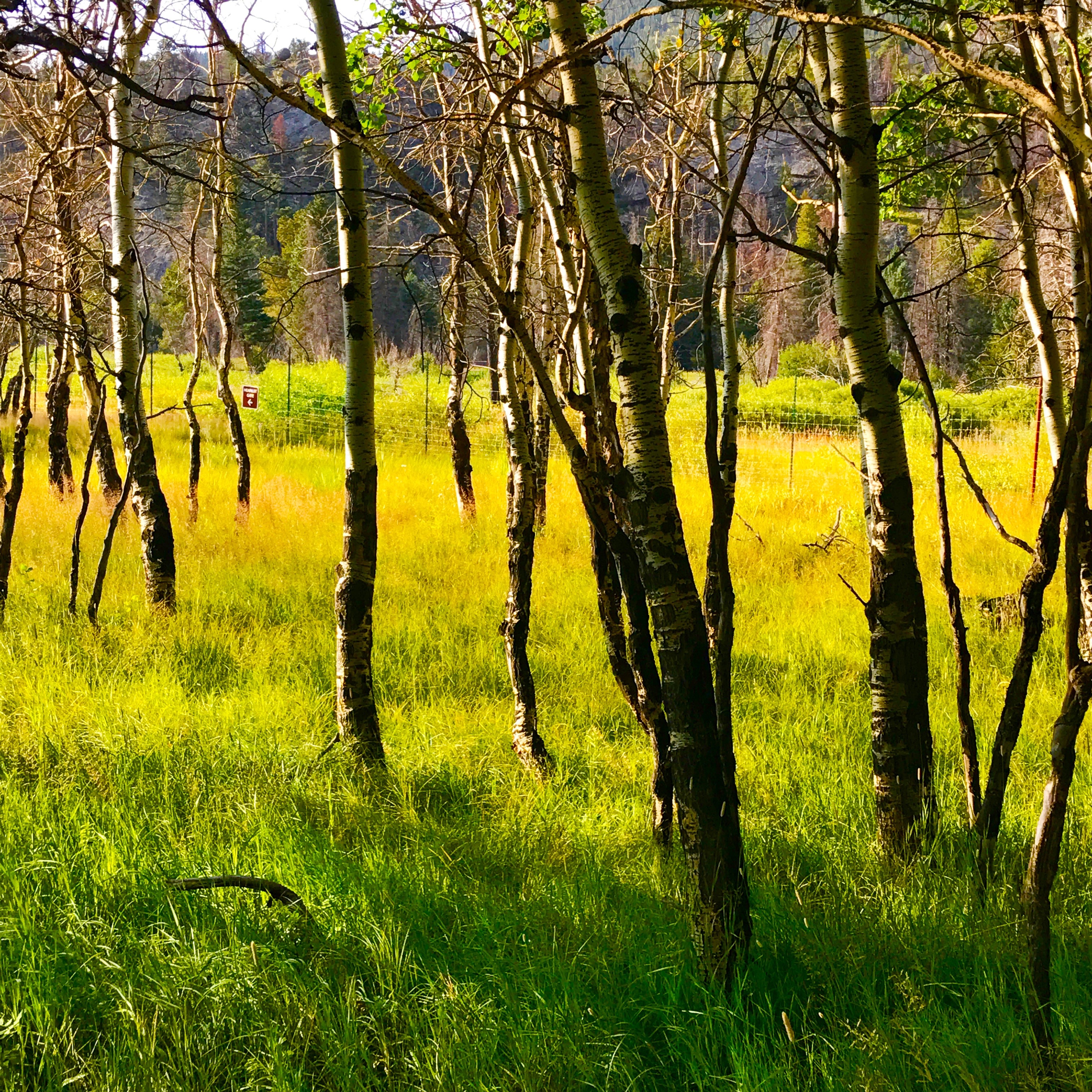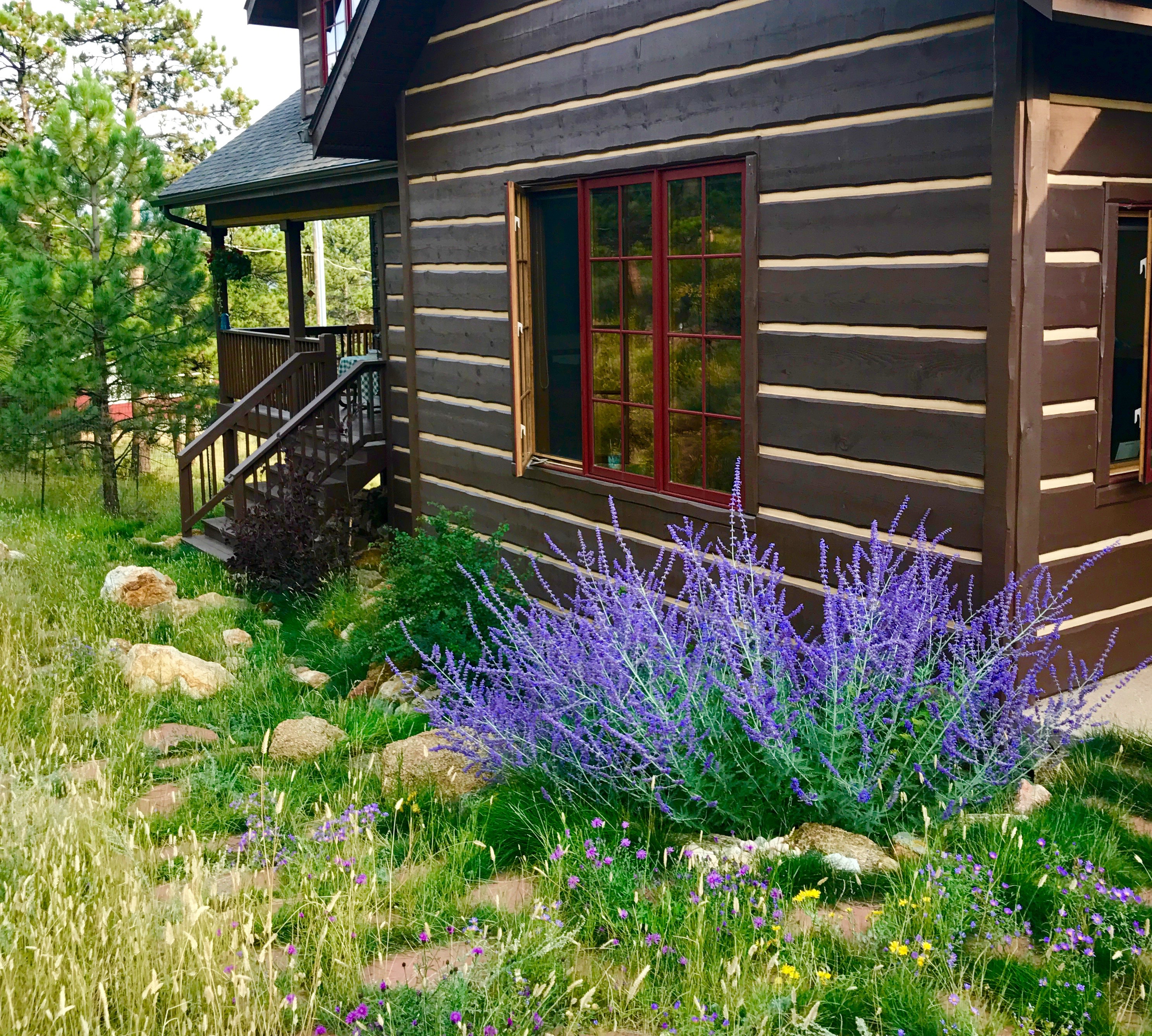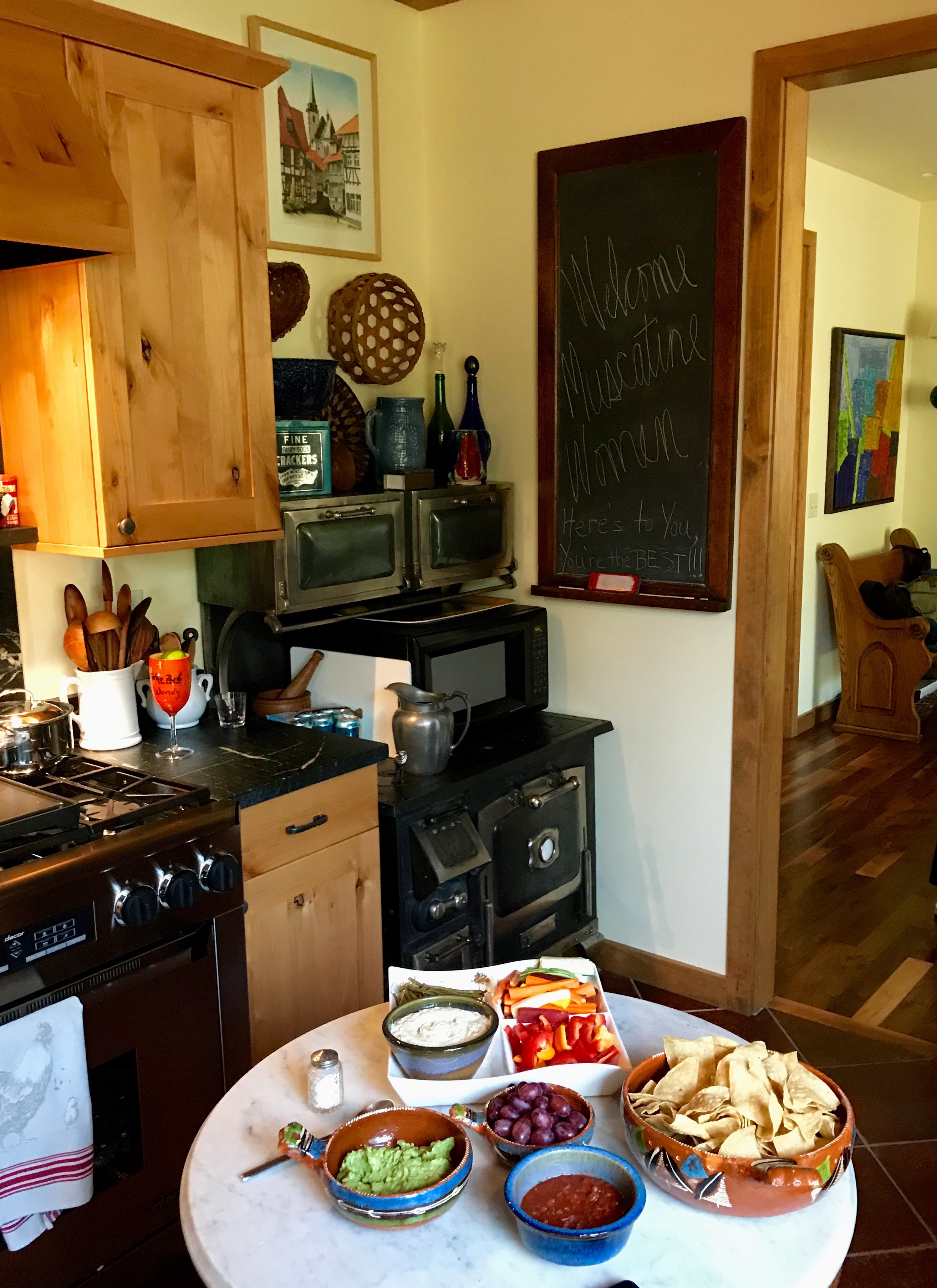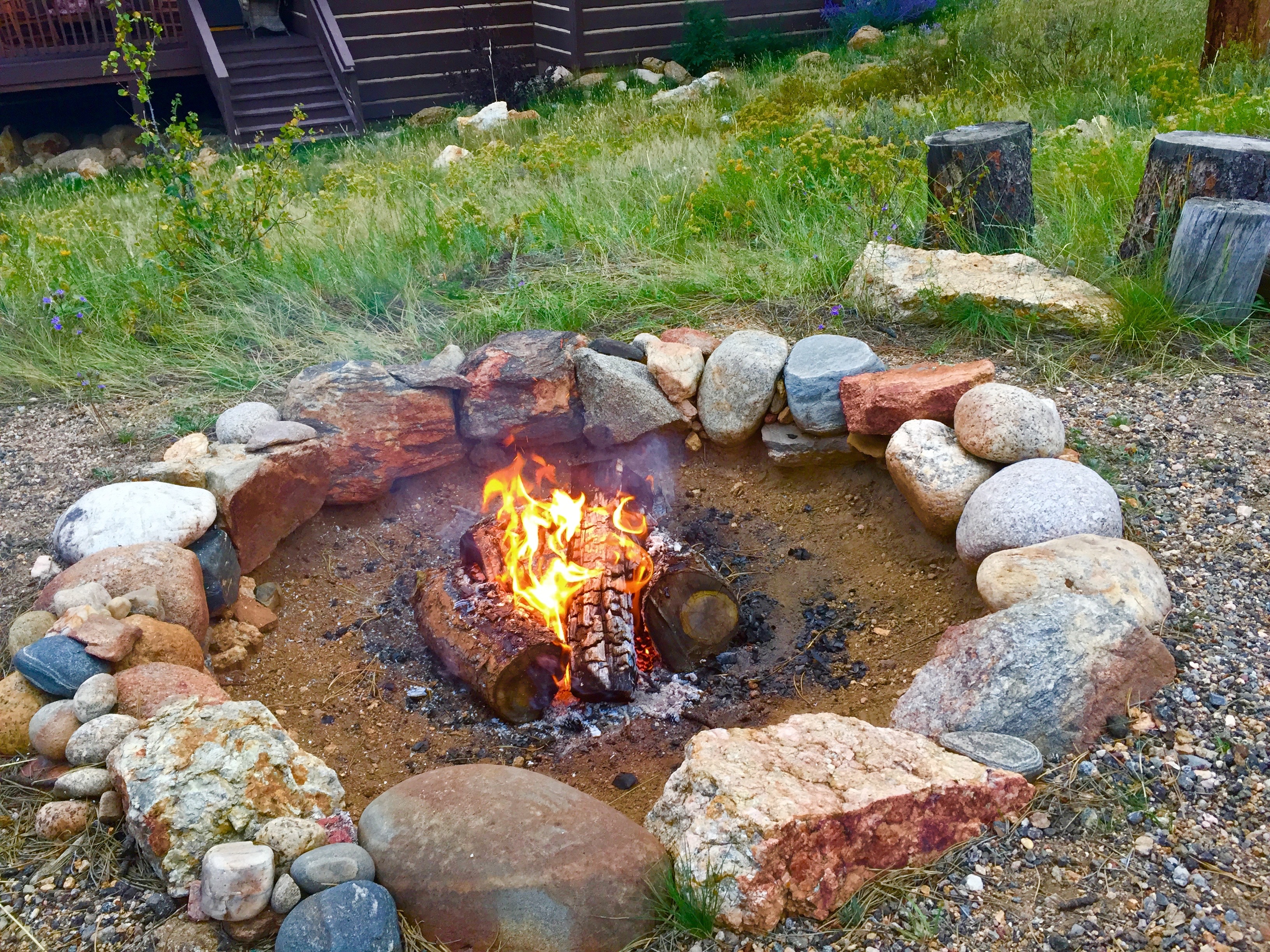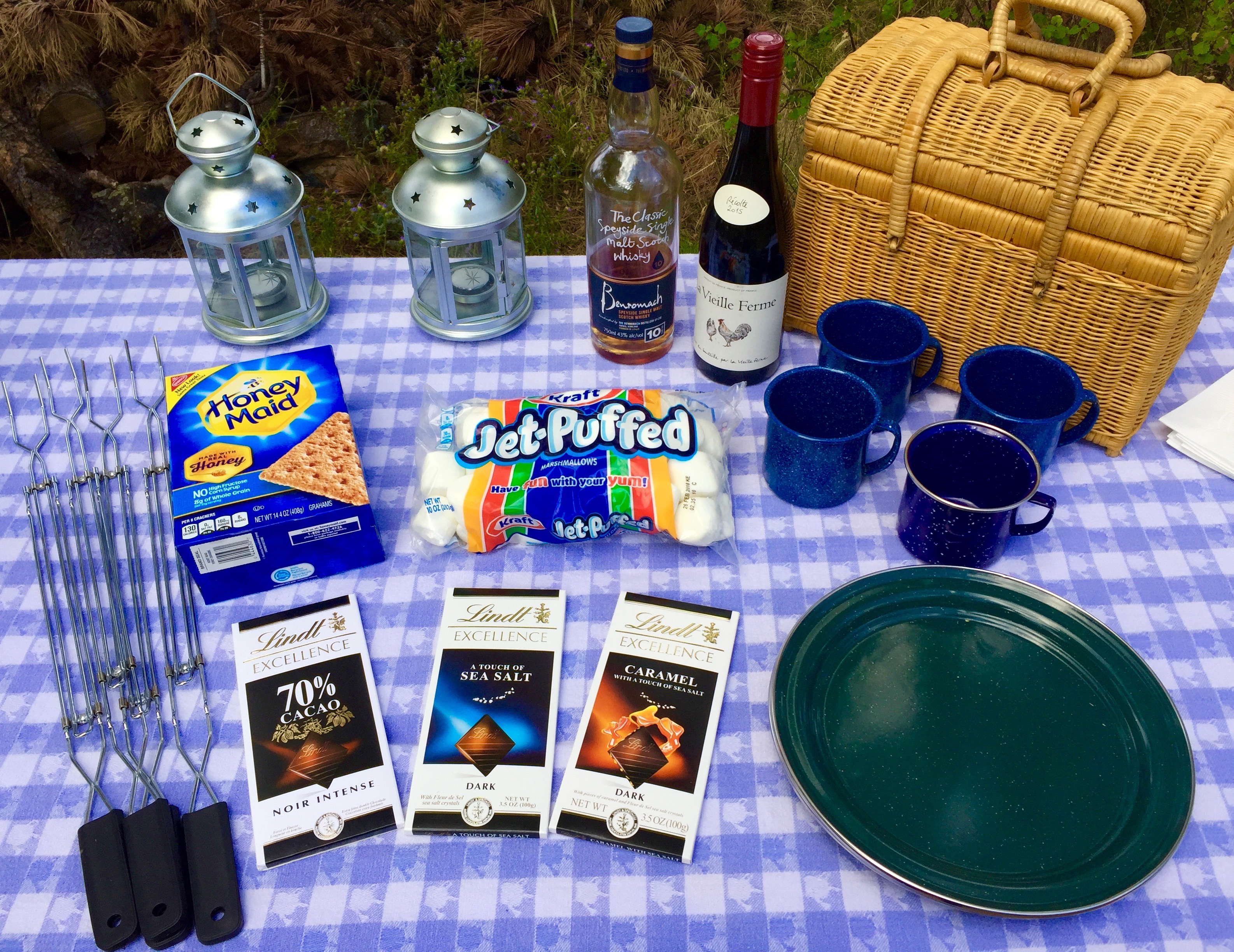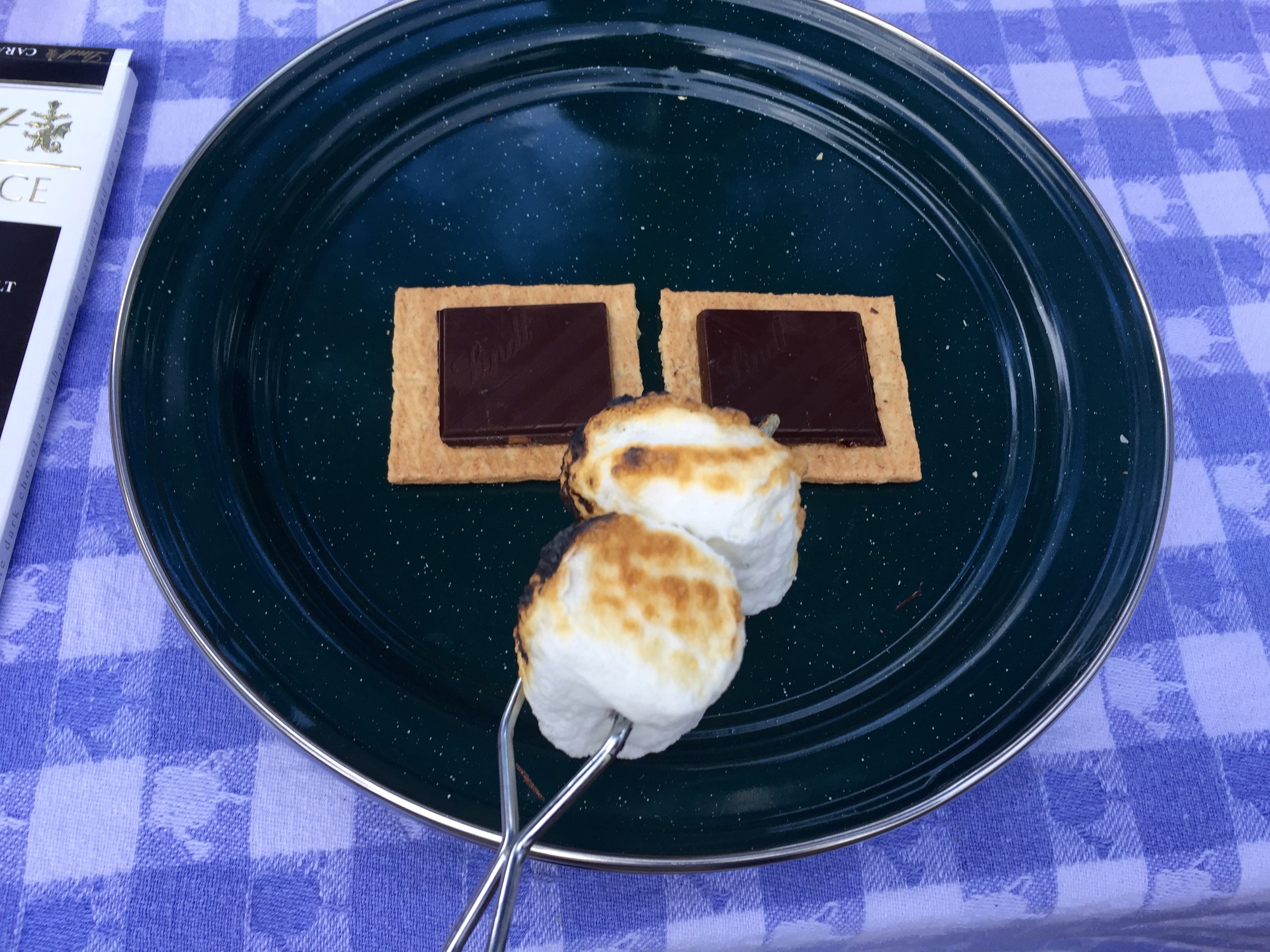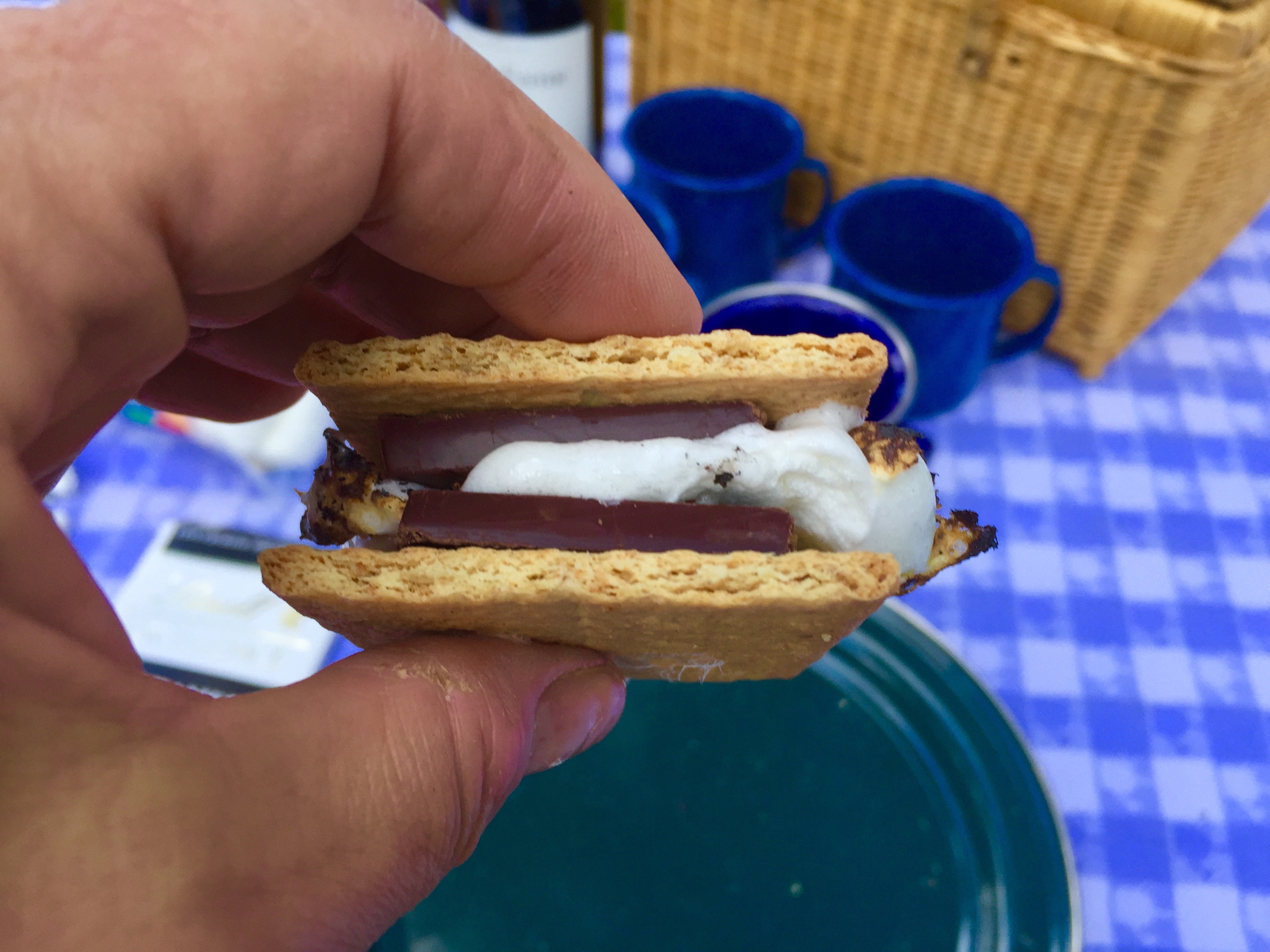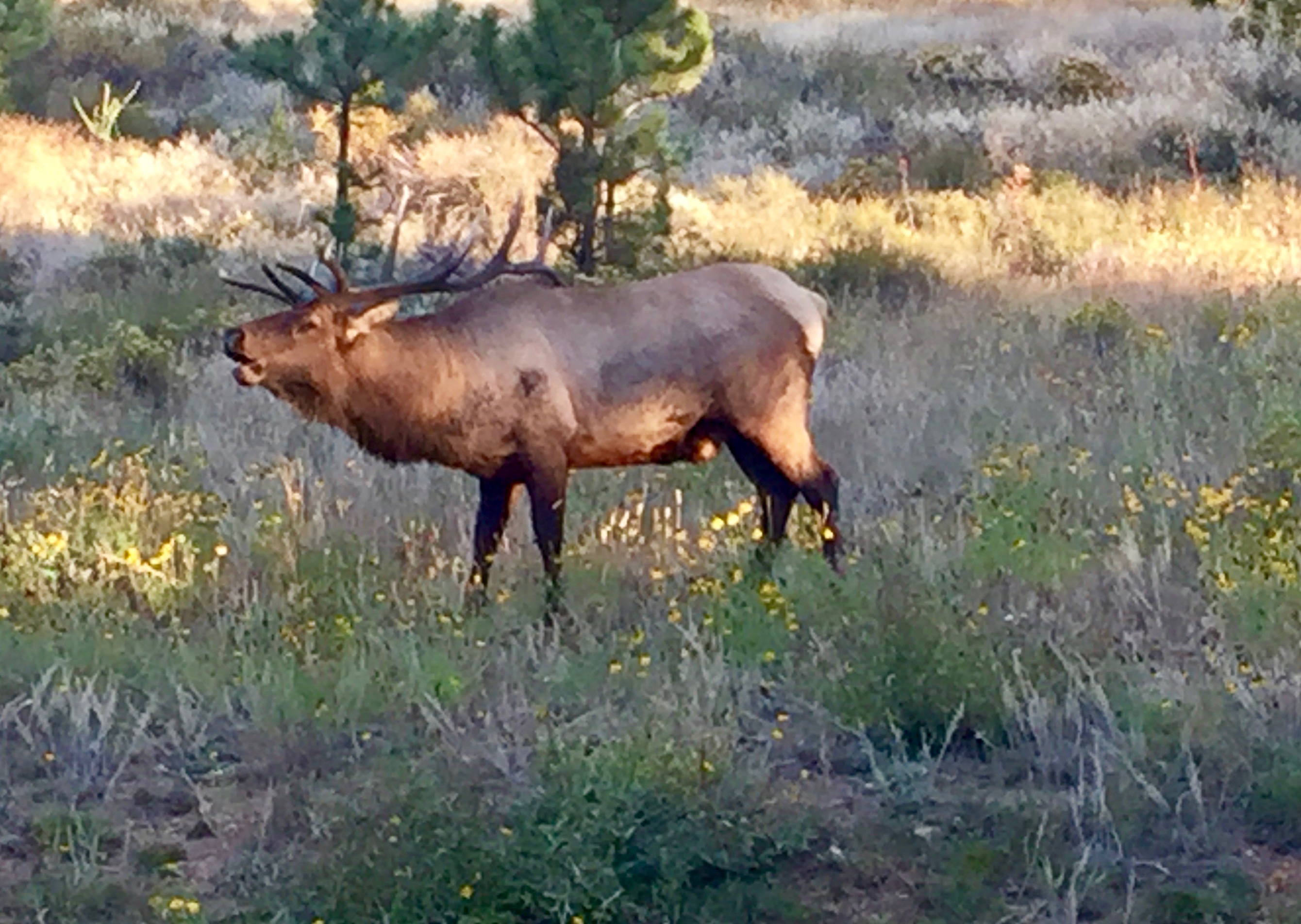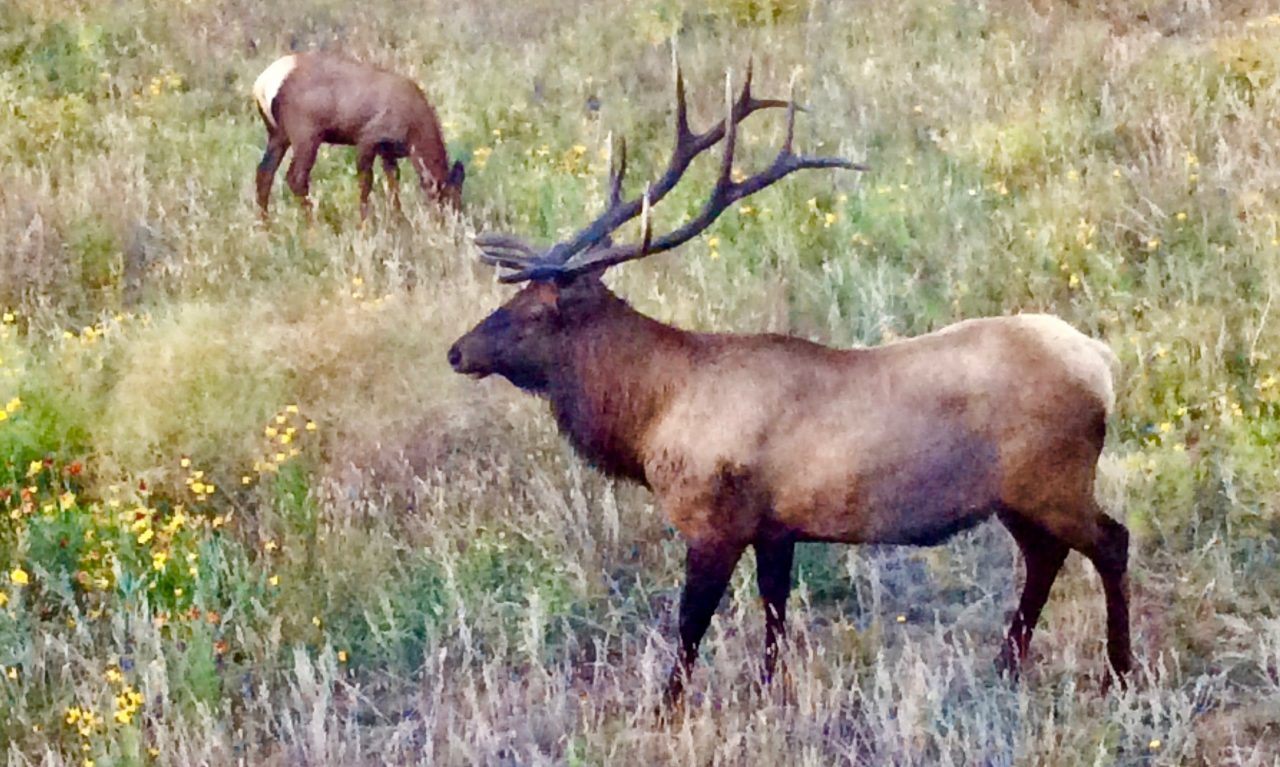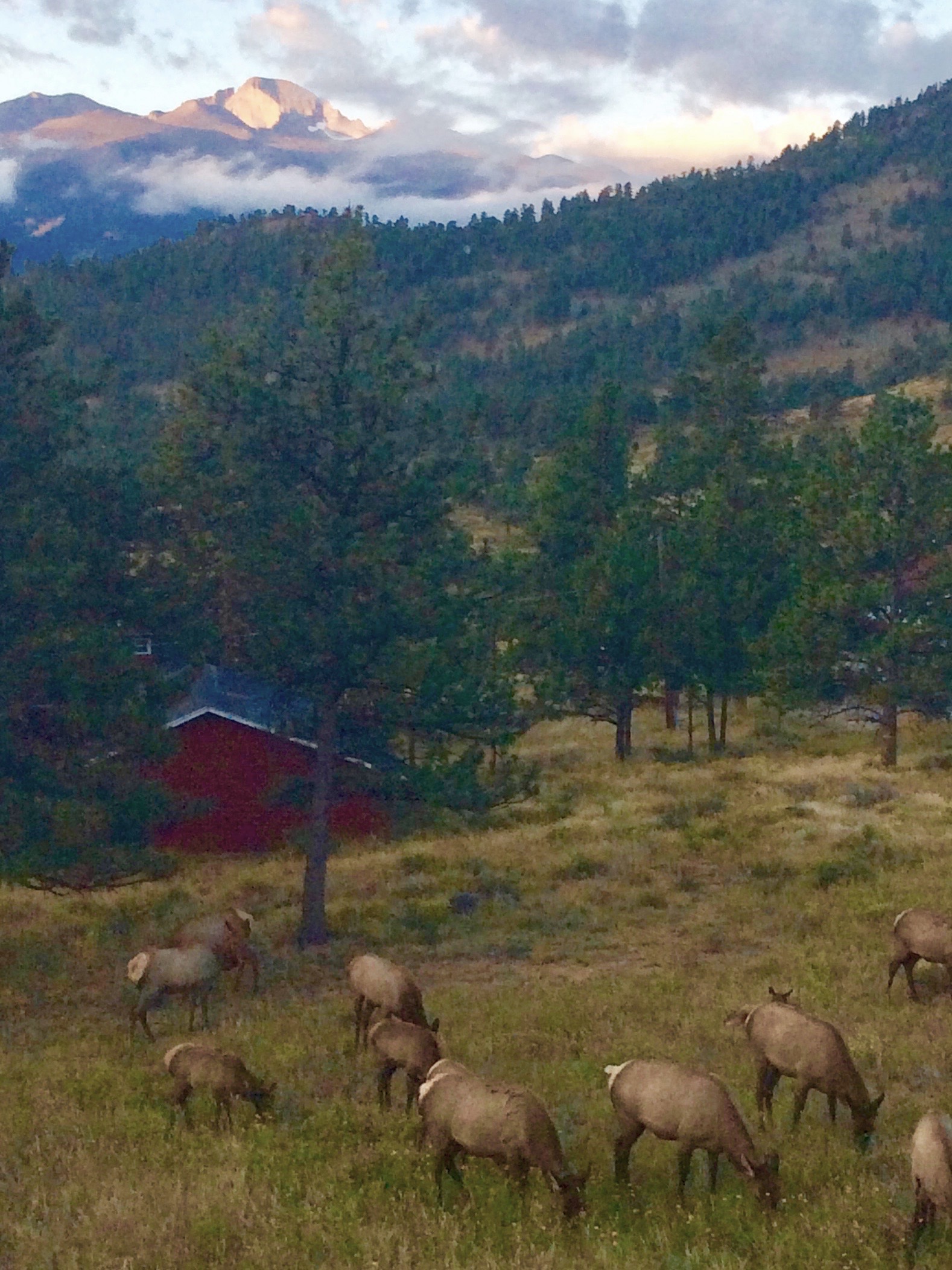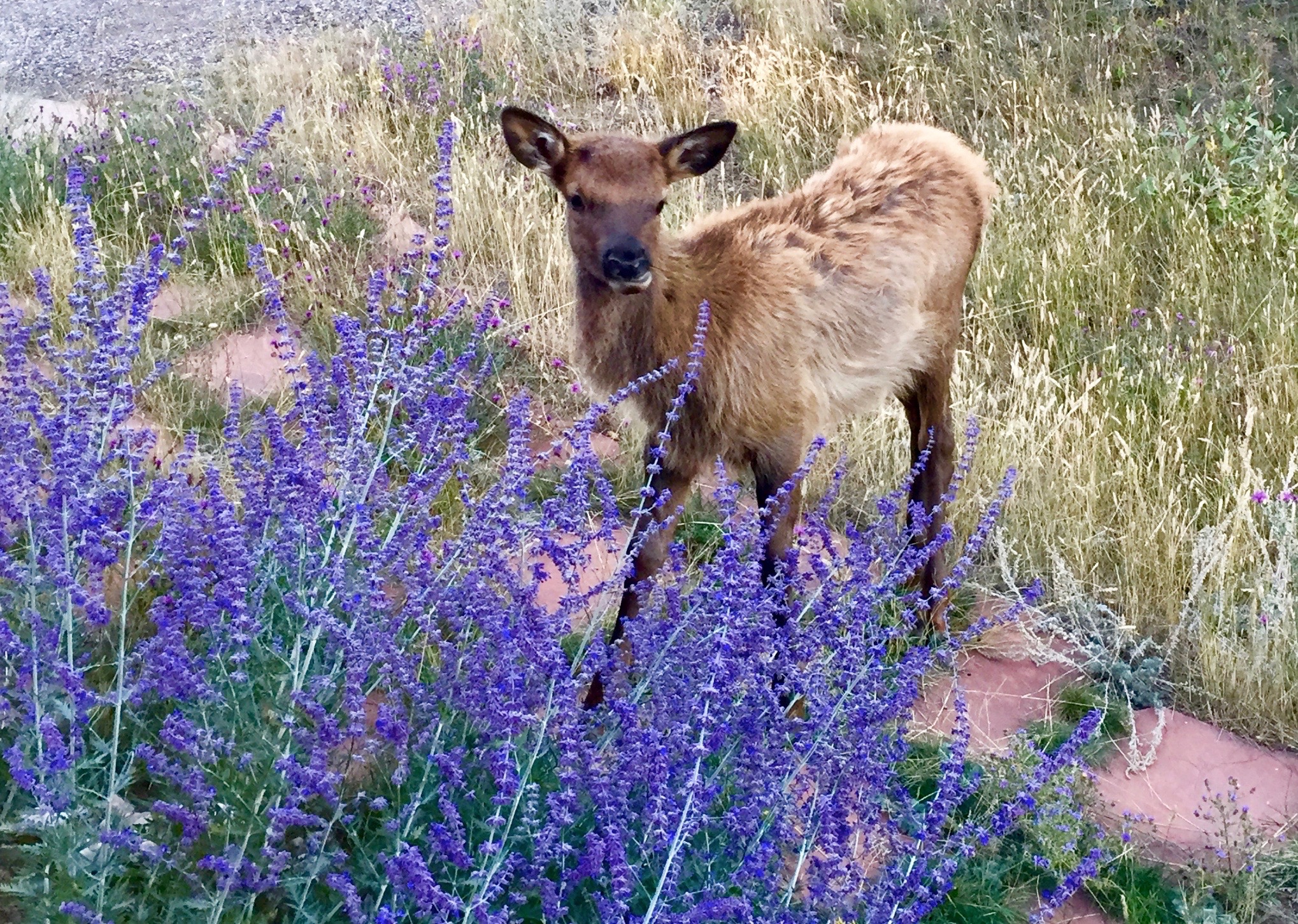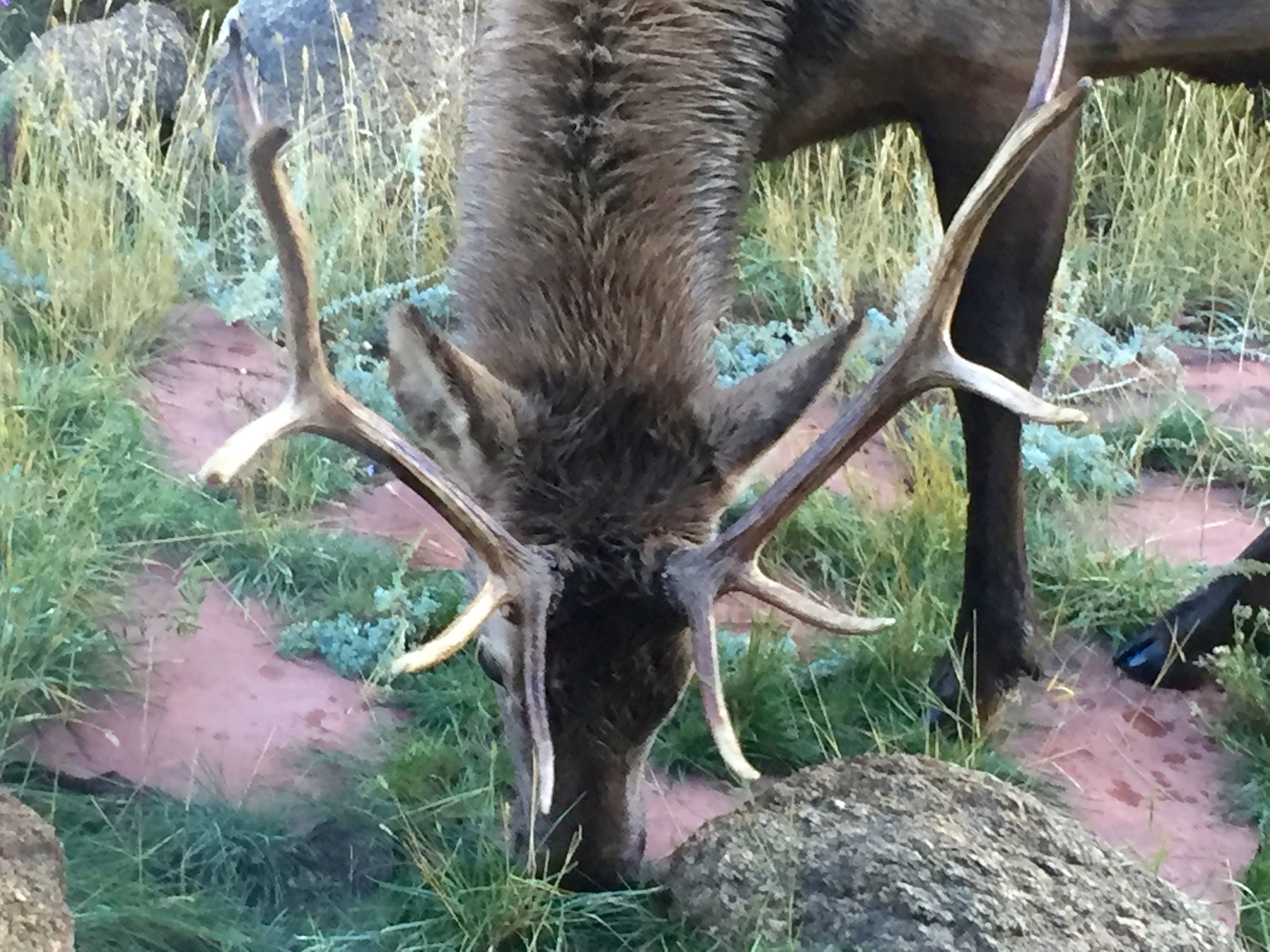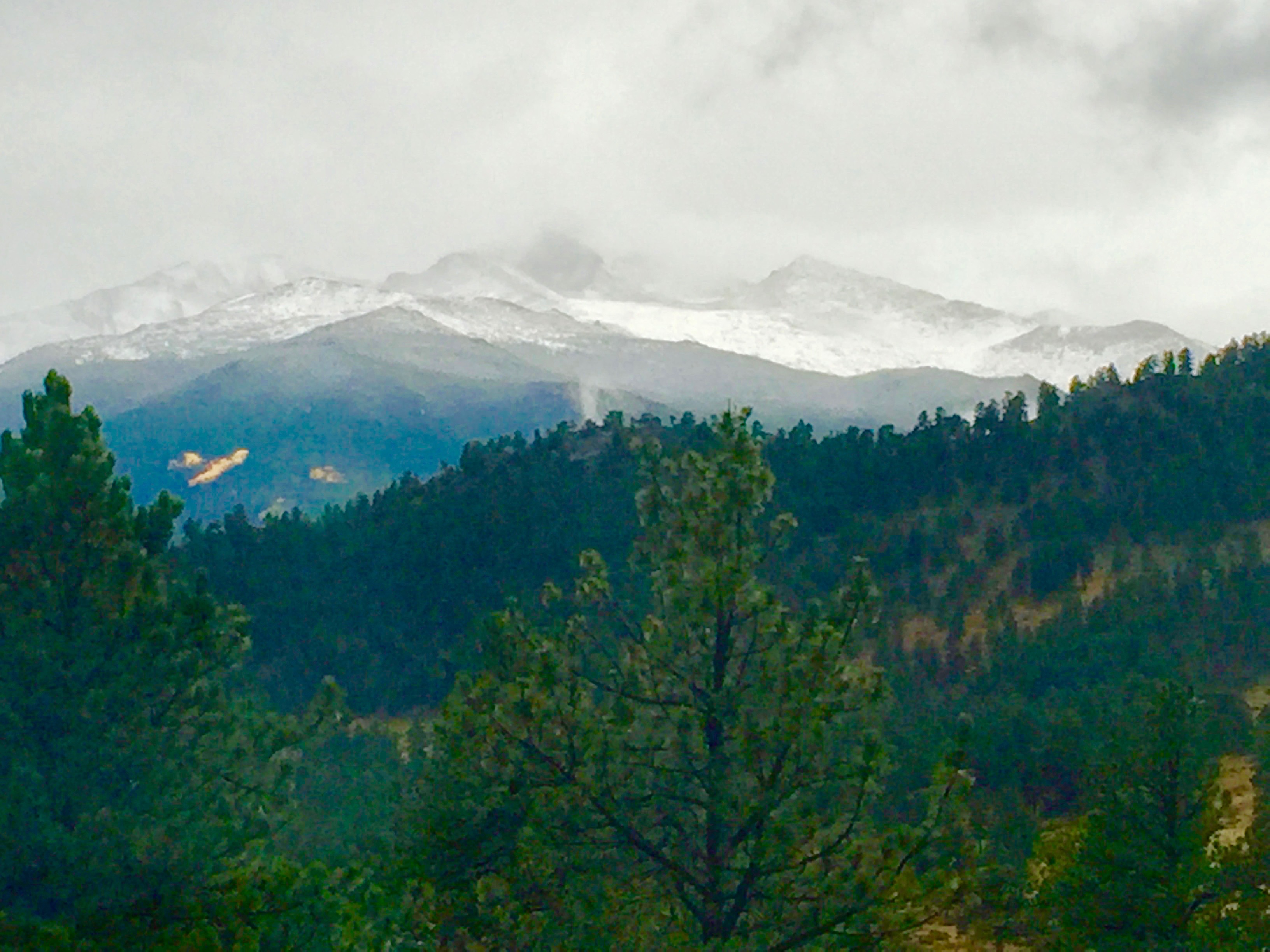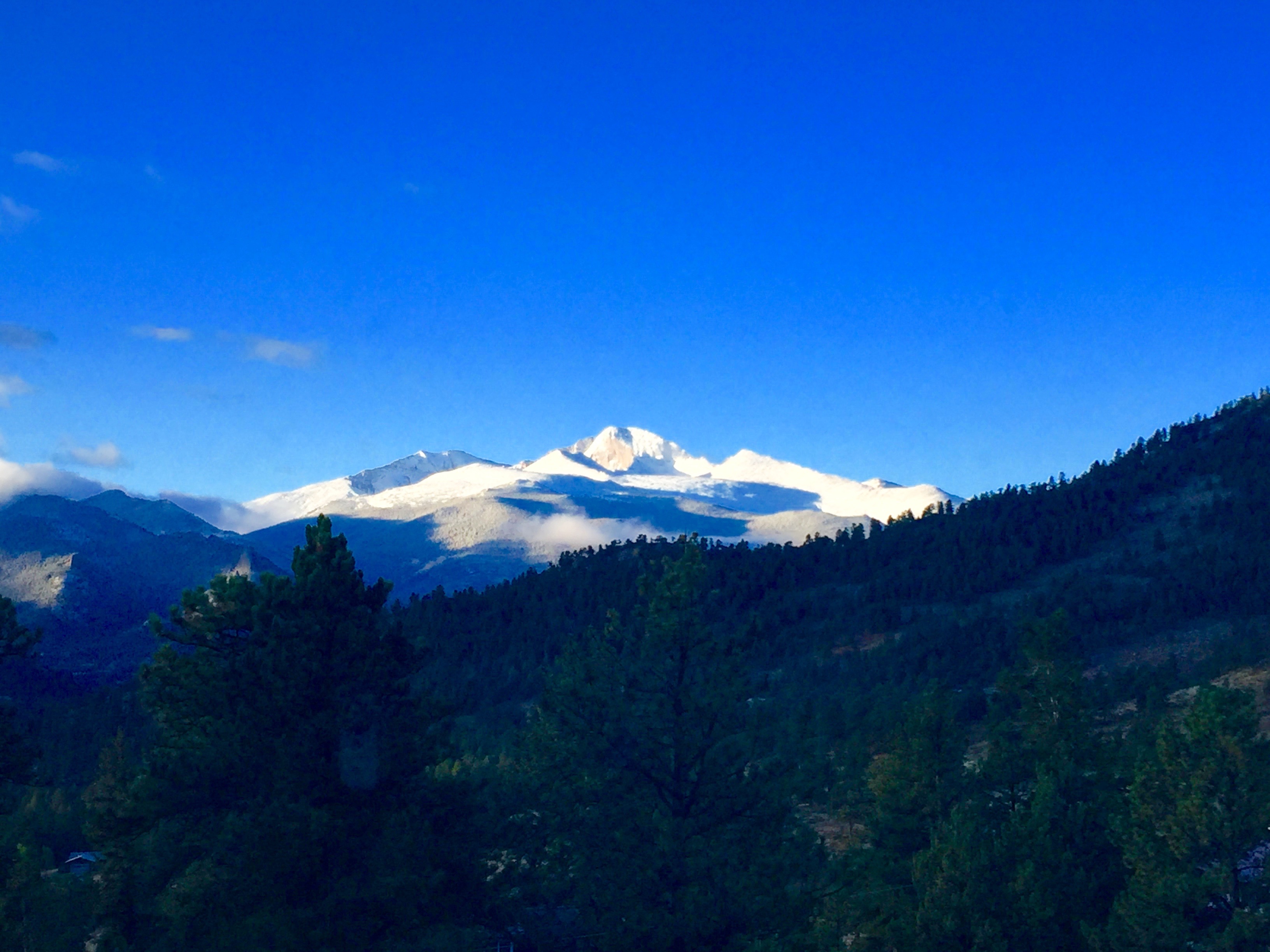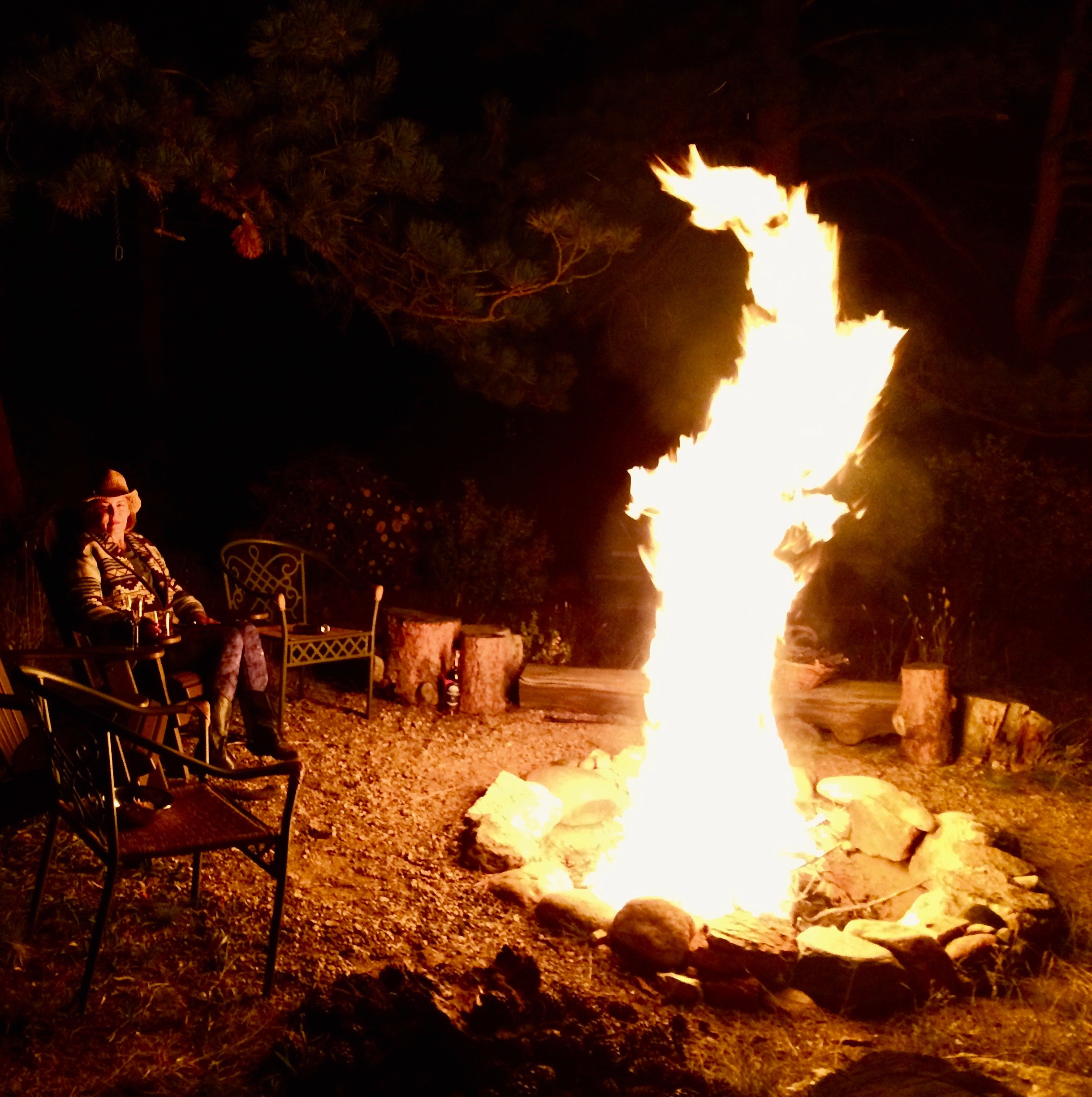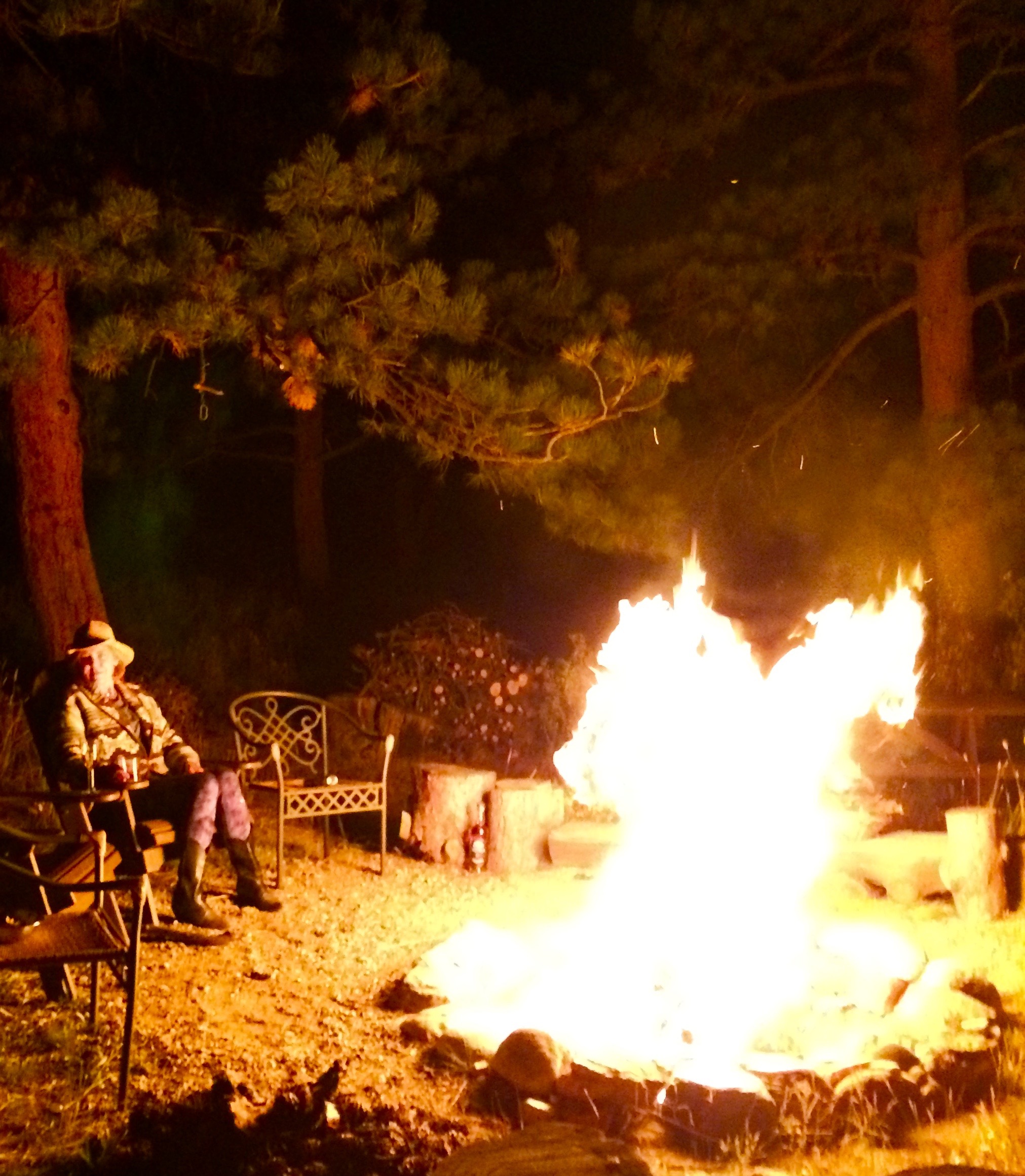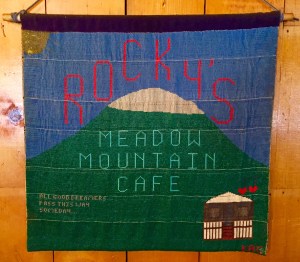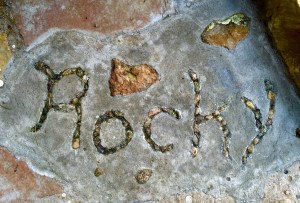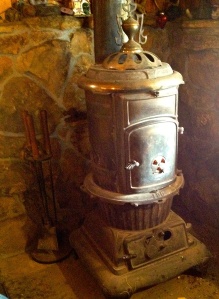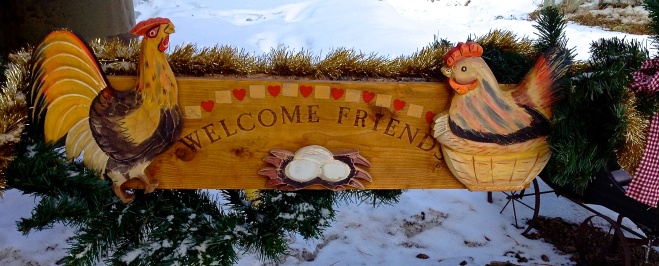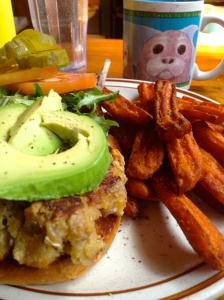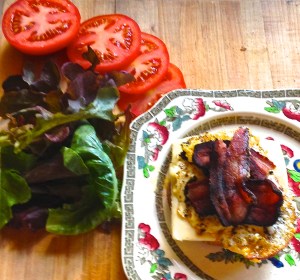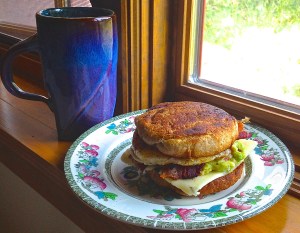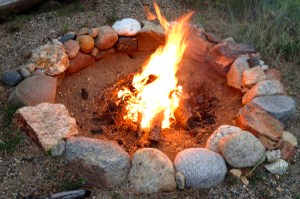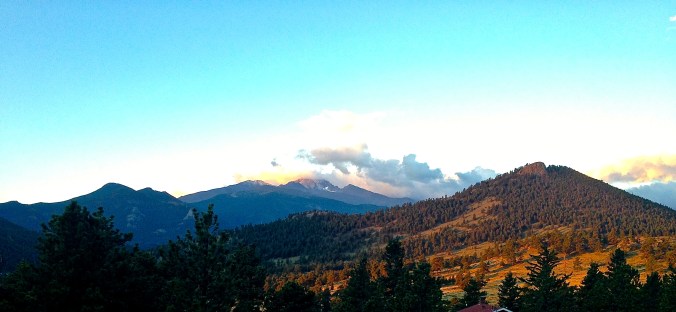There is something evanescent, temporary and fragile about food. You make it. It goes, and what remains are memories. But these memories of food are very powerful. –Jacques Pépin
It takes a long time to grow an old friend. –John Leonard
These quotes remind me of the last time I visited my friend Gail in the mountains of North Carolina. Gail is my longest “go to” friend. We met at age 16 when my family moved to a small town in Iowa along the Mississippi River. She balances my analytic nature with kindness and consideration toward everyone. She is intuitive and listens like a compassionate counselor. She knows my eccentricities and loves me anyway. When I was undergoing medical treatments and the rest of my family was overseas, she jumped in to help by coming to Colorado and being with me. We laugh easily and know each other’s stories. Even when too much time has passed, there is immediate ease when re-engaging in each other’s lives. Although we don’t share the same blood, she is my sister too.

We didn’t know it at the time we became friends as teenagers but that is when we began living the concept of “growing an old friend”. We were unwavering through the high school years, the university years, summer jobs in the Wisconsin north woods, a western road trip at 21, marriages one week apart, children, and now grandchildren. We haven’t lived near each other for a long time, but we talk on the phone or visit back and forth in our respective states of Colorado and North Carolina as often as we can.
When we were 20, Gail and I worked one summer at a camp for girls on a lake in northern Wisconsin. It was the same year that she introduced me to the man I would marry three years later. She loyally returned from her honeymoon to stand next to me in our wedding one week after I had been a bridesmaid in hers. With husbands, our friendship grew as couples.
The last time I was in North Carolina we spent the entire visit in the Blue Ridge Mountain community of Leatherwood rather than in the city. It was early August and humidly warm in the mountains. Low bluish clouds formed a canopy over and around the green mountains across the valley. It’s a mystical and captivating way to greet each morning. And such contrast to Colorado’s high rocky peaks, golden aspens, and dry mountain air.

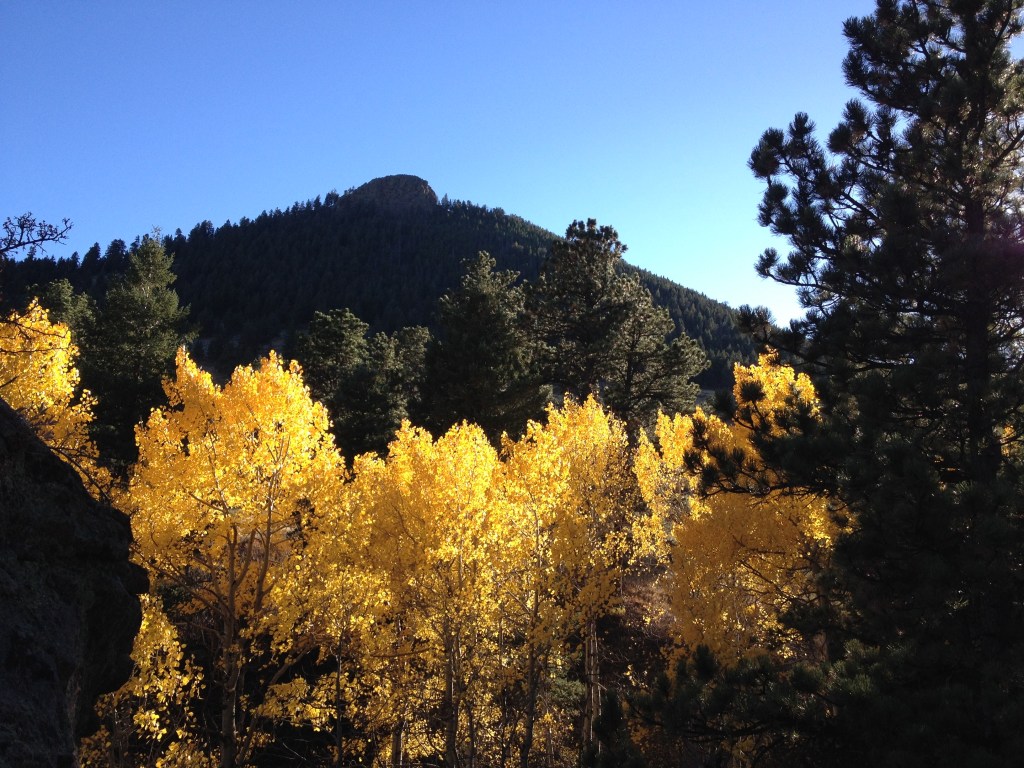


The food recollections from that visit are so clear. Gail made a pre-dinner apéro by muddling very ripe peaches in the bottom of a glass then poured Vino Verde [a light Portuguese sparkling white wine] over the top. Along with the wine were appetizers of pickled okra [very southern] and small slices of Manchego cheese. Manchego is a firm sheep’s milk cheese with buttery texture and mild taste. It was a perfect combination. The company, the light food, the ambience.
There was one quirky but memorable cocktail hour involving neighbors who invited us to their home. Burdette, a retired architect, 90 years-old, wanted to prepare his own version of “The World’s Best Martini”. Gail’s husband is a bourbon man and politely declined. But the three women–Gail, her sister, and I agreed to try. There was much ceremony involved in the preparation of glasses, the assembly of ingredients, the shaking of equal parts of vodka, gin, AND vermouth. Only one olive allowed per glass. We sipped. It was okay, but what I appreciated most was their living room Rumford fireplace–a tall, shallow, masonry fireplace of European design. They had added a swinging black pot apparatus to cook soup or stew over the open fire. It seemed romantically retro, but I could see myself sitting by a fire that way.







When in Carolina do as the locals do. Or drink as the locals drink. In many southern states, this means bourbon. Craig, Gail’s husband, is a quintessential bourbon guy. He has his own version of an Old Fashioned. The only time I drink bourbon whiskey is when he makes this for me. A slice of orange, some Bada Bing cherries, two shots of good bourbon, fill with club soda and ice. His daily bourbon is Maker’s Mark. For splurging, he reaches for Jefferson’s Ocean or Woodford’s Reserve to sip over ice.

The best meal was something new to me. Shredded beef brisket with a smoky homemade sauce. Cooked long and slow in the oven and served as a main course with side dishes of cornbread, beans, and salad–the epitome of southern cuisine. Perfect for guests and great leftovers.
Each day was full–with morning walks before the heat rose to a crescendo, a side trip to Blowing Rock’s boutique shops, outdoor showers with wide-angle valley views, picnic lunch in a park, and noisy Jenga games ending with blocks crashing to the floor amid cries of “Oh no!” and laughter.




The Carolina mountains have been on my mind recently for a particular reason. Several seasons have passed and now it feels like time to return. To a different climate and different scenery. To those lower, greener hills, and humid misty clouds. To friends who make a difference in my life when we are together and even when we are not.
Jacques Pepin is right about the fleeting nature of food. You make it. It goes. What remains, what is truly powerful, is when we nourish our lives with memories of food in a spectacular setting, in a meal around a table, and taking time to grow the very best of friends.



GAIL’S BEEF BRISKET
Brisket is a tough cut of beef that must be tenderized by long, slow cooking. I adjusted the recipe for high altitude as most food takes longer to cook at 8300 feet where we live. My edits are in parentheses. The secret to this recipe is the sauce. Shredding the cooked brisket rather than slicing it eliminates the fat layer, leaving only the lean.
INGREDIENTS:
- 5-6 lb brisket [I have used smaller]
- Salt and Pepper
- Liquid Smoke
Place brisket in baking dish with fat side up. Rub salt and pepper and liquid smoke onto both sides of meat. Cover with foil and seal edges of pan. Marinate 12 hours or overnight in the refrigerator.

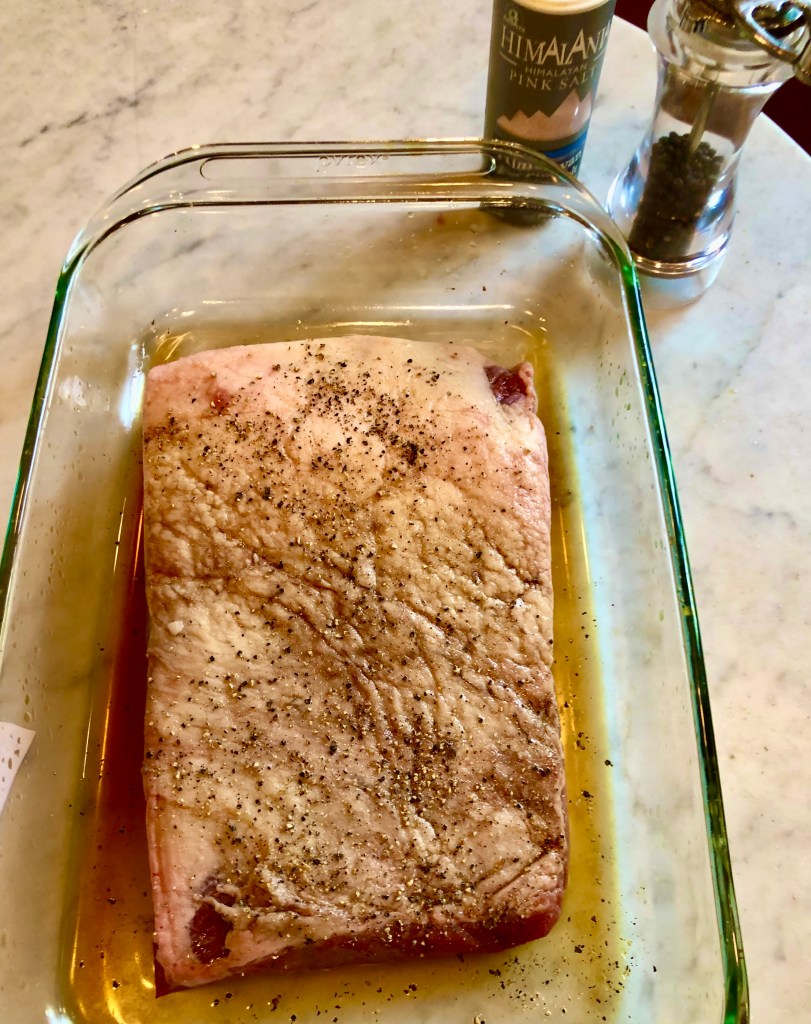
NEXT DAY:
- Preheat oven to 275 degrees F.
- Place sealed baking dish in oven for 5 hours.
- [Better than timing is to test with a meat thermometer as it will take 2 or more hours longer at higher altitudes. Internal temperature should reach 200 degrees F.]
- When meat is tender and done, take two forks and shred onto a serving platter.
- Discard the fat layer.
- Pour sauce over or serve in a pitcher, on the side.
- Serve brisket on buns or as a main course with side dishes.
- Leftovers are easily reheated and just as delish.

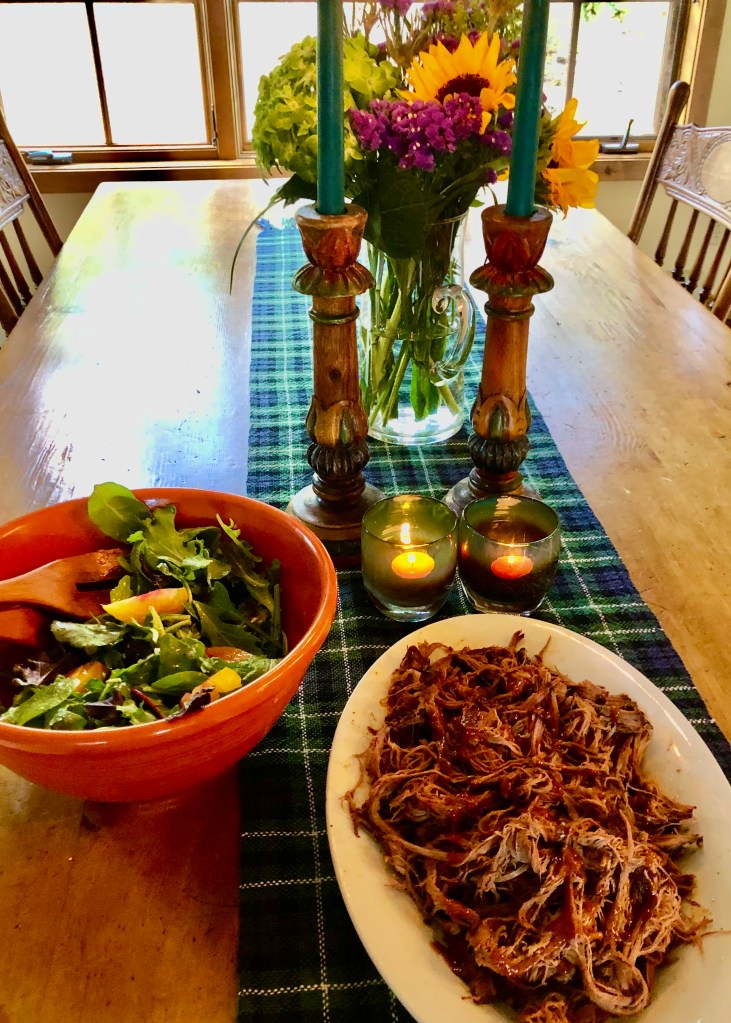

FOR THE SAUCE:
- 2 C. catsup
- ½ C. water
- 3 T. Liquid Smoke
- 4 T. Worcestershire sauce
- 8 T. butter
- 3 T. brown sugar
- 3 t. dry mustard
- 2 t. celery seed
- ¼ to ½ t. cayenne pepper
In a saucepan, slowly heat all ingredients together while stirring.








